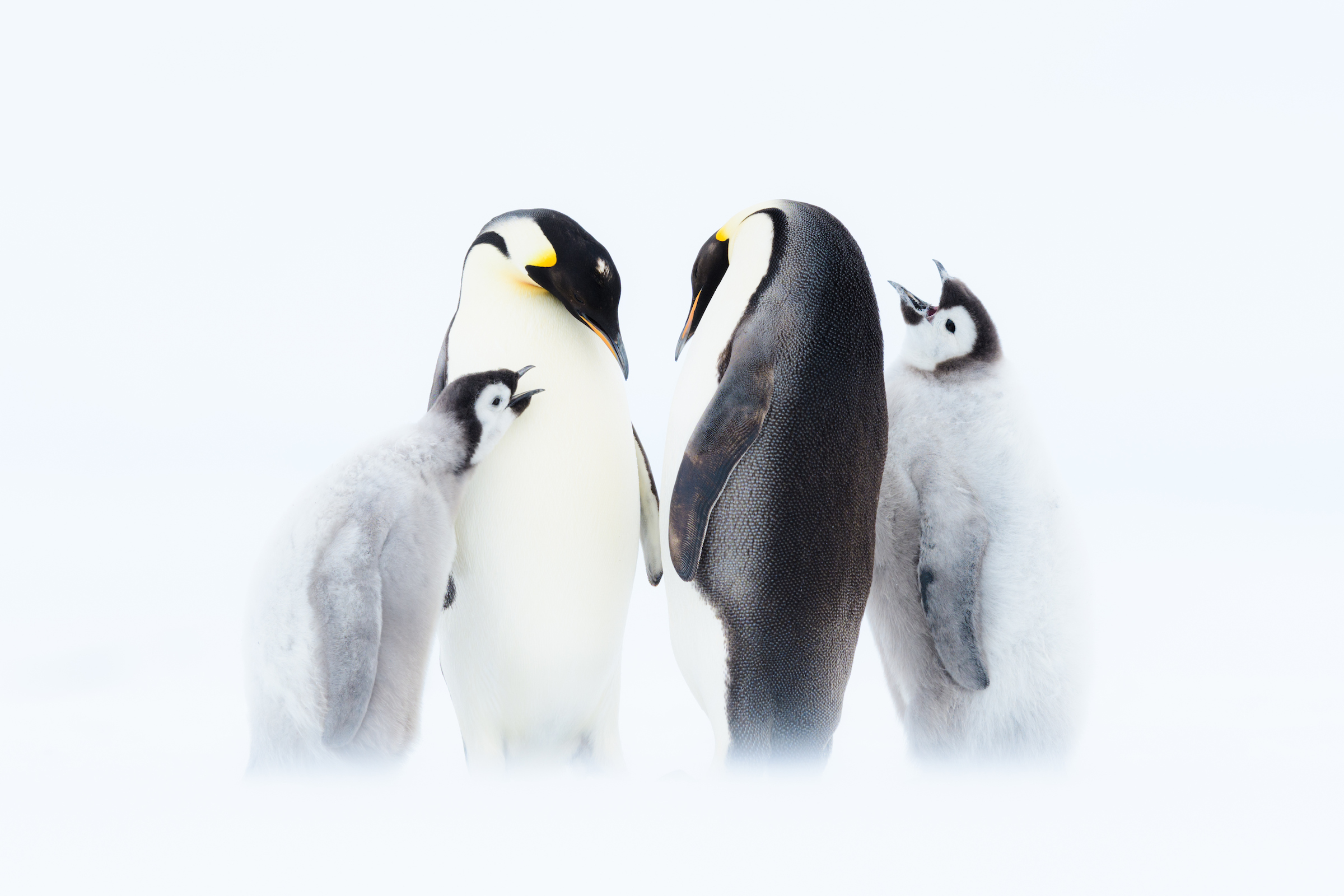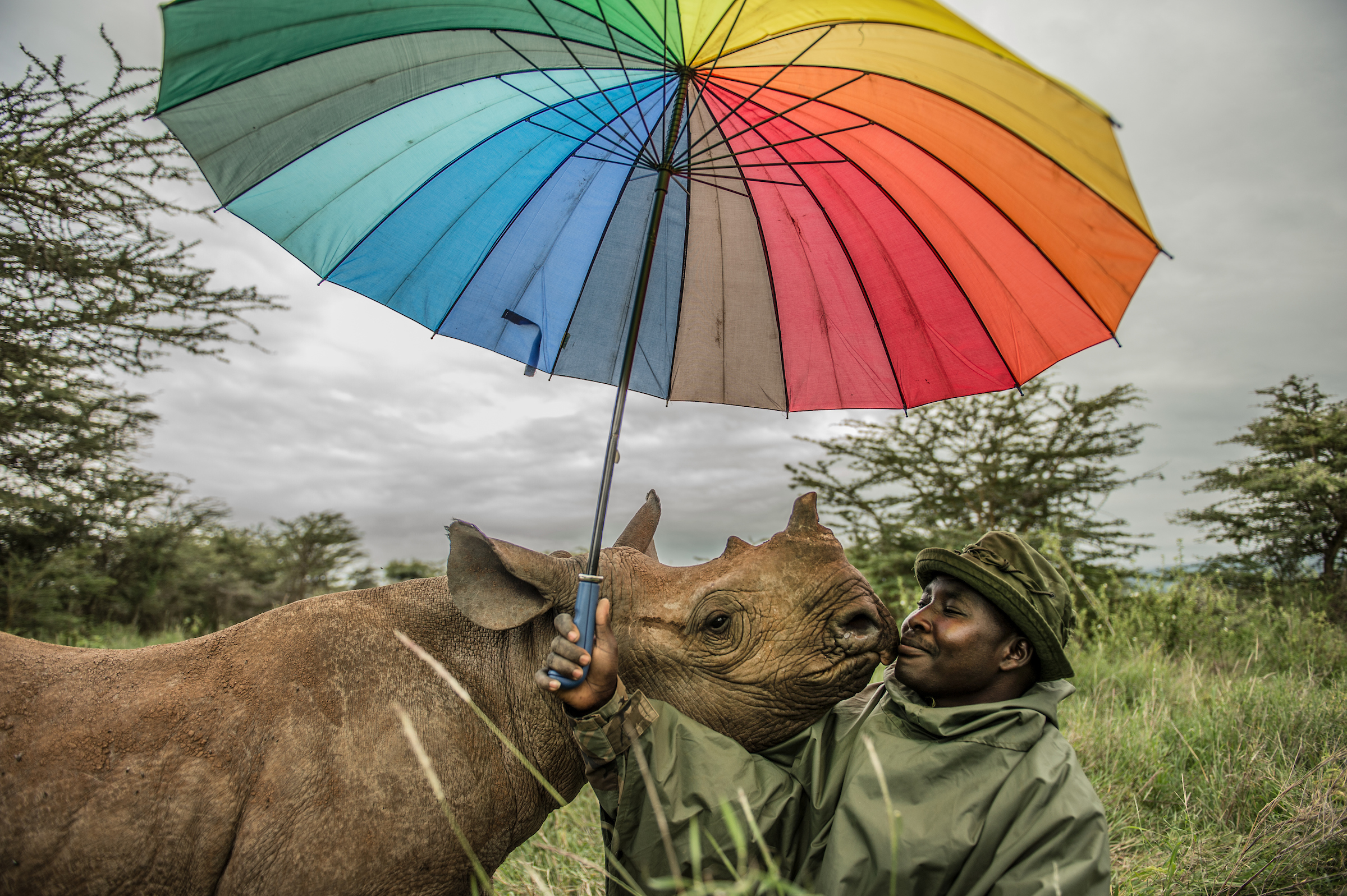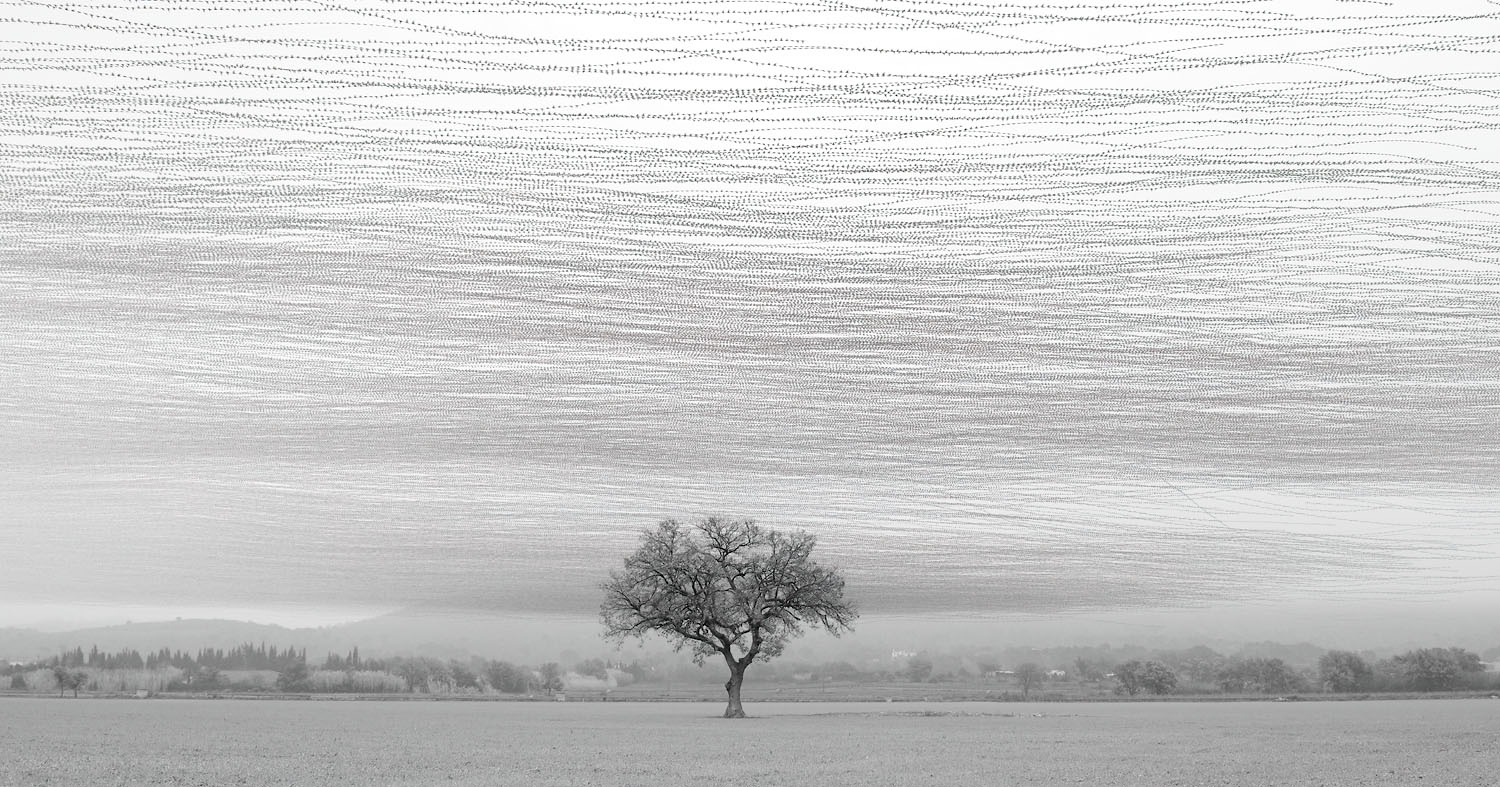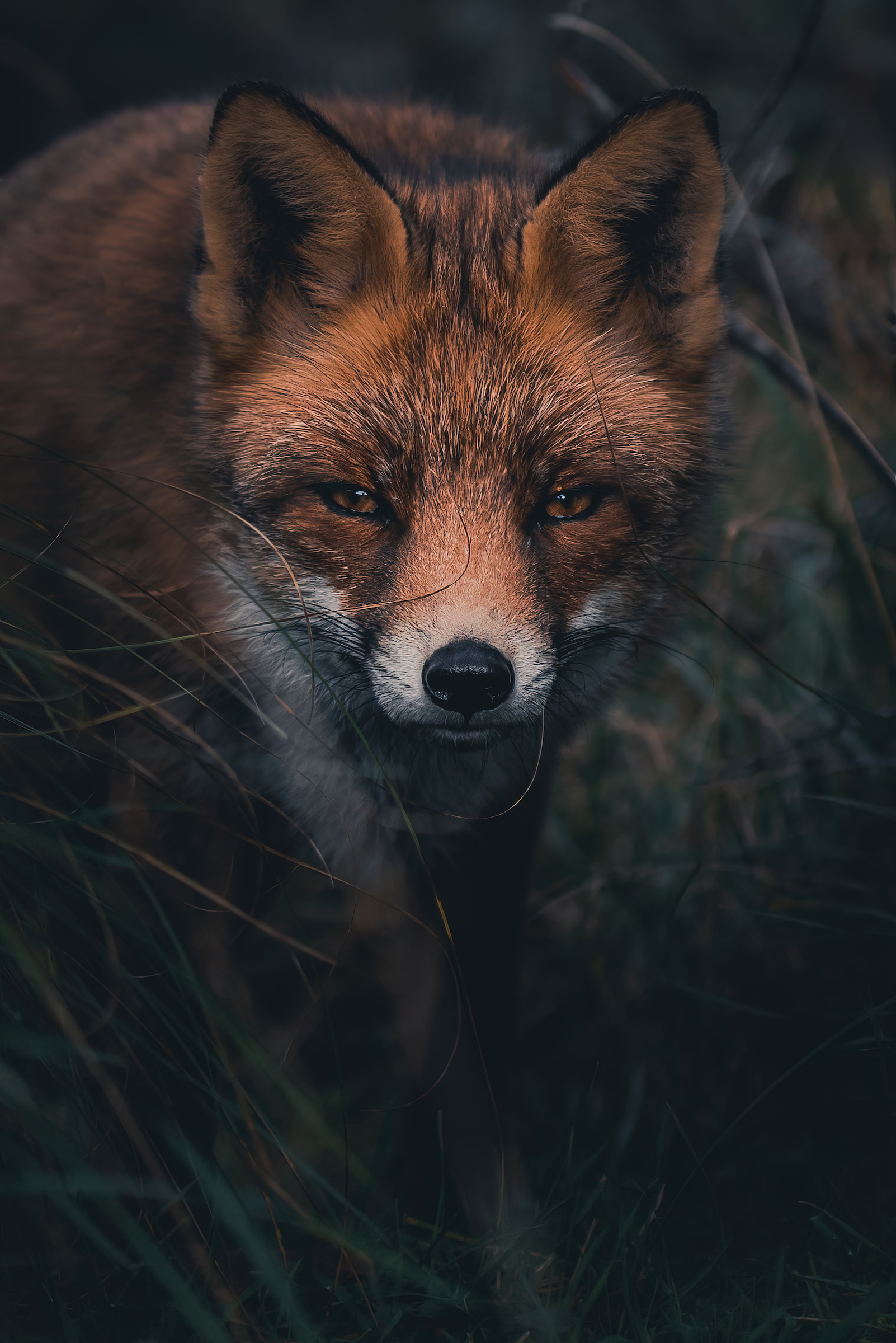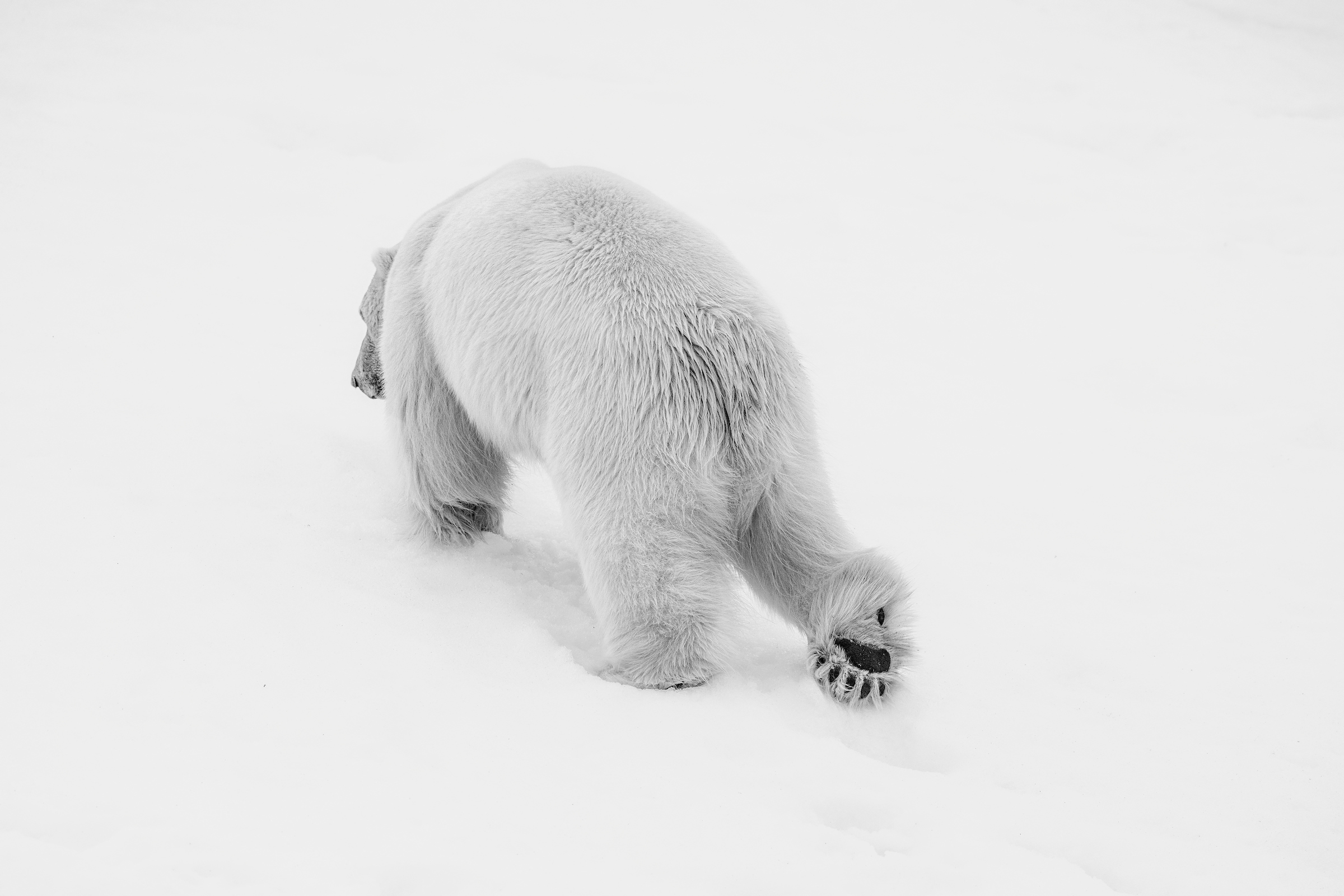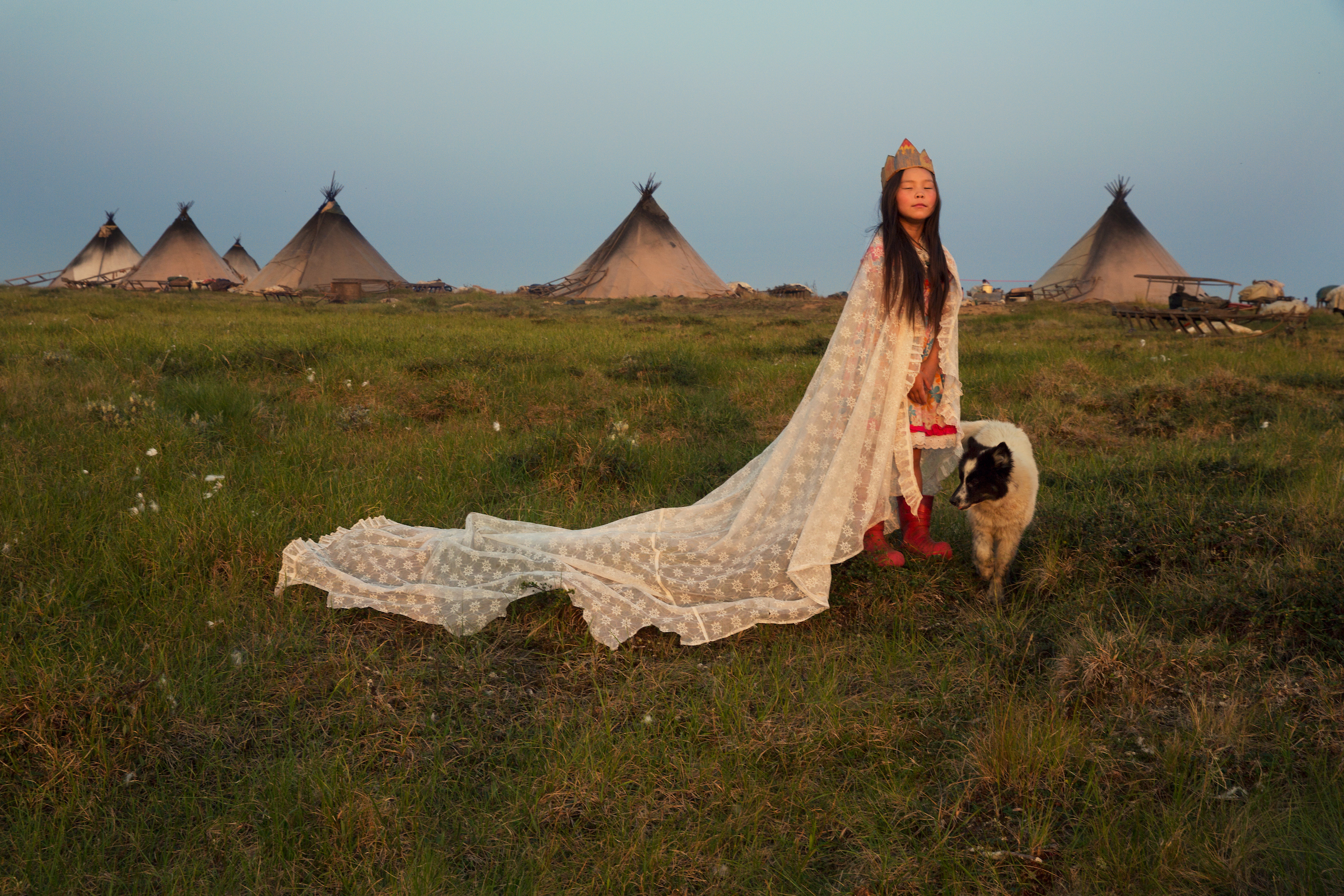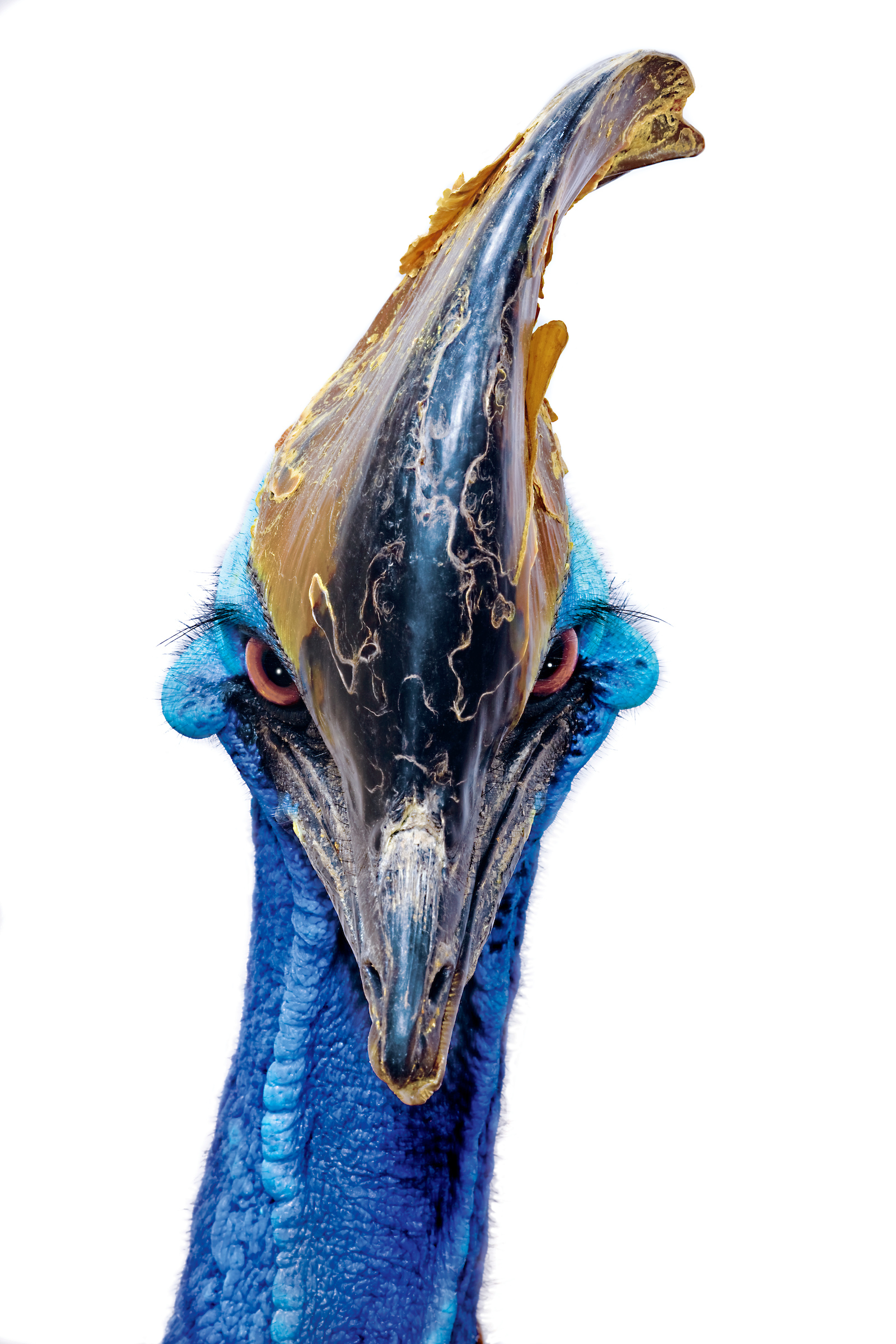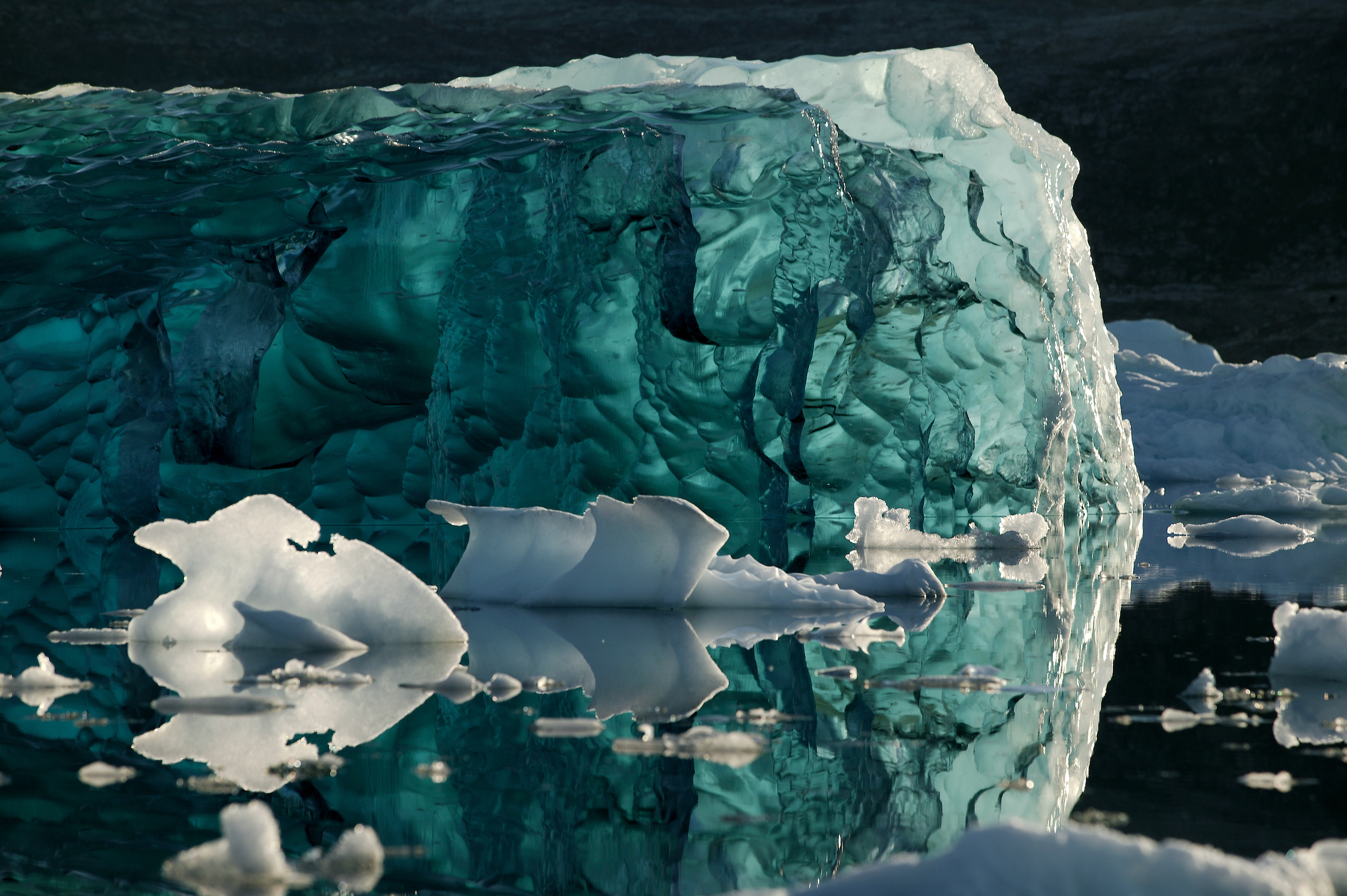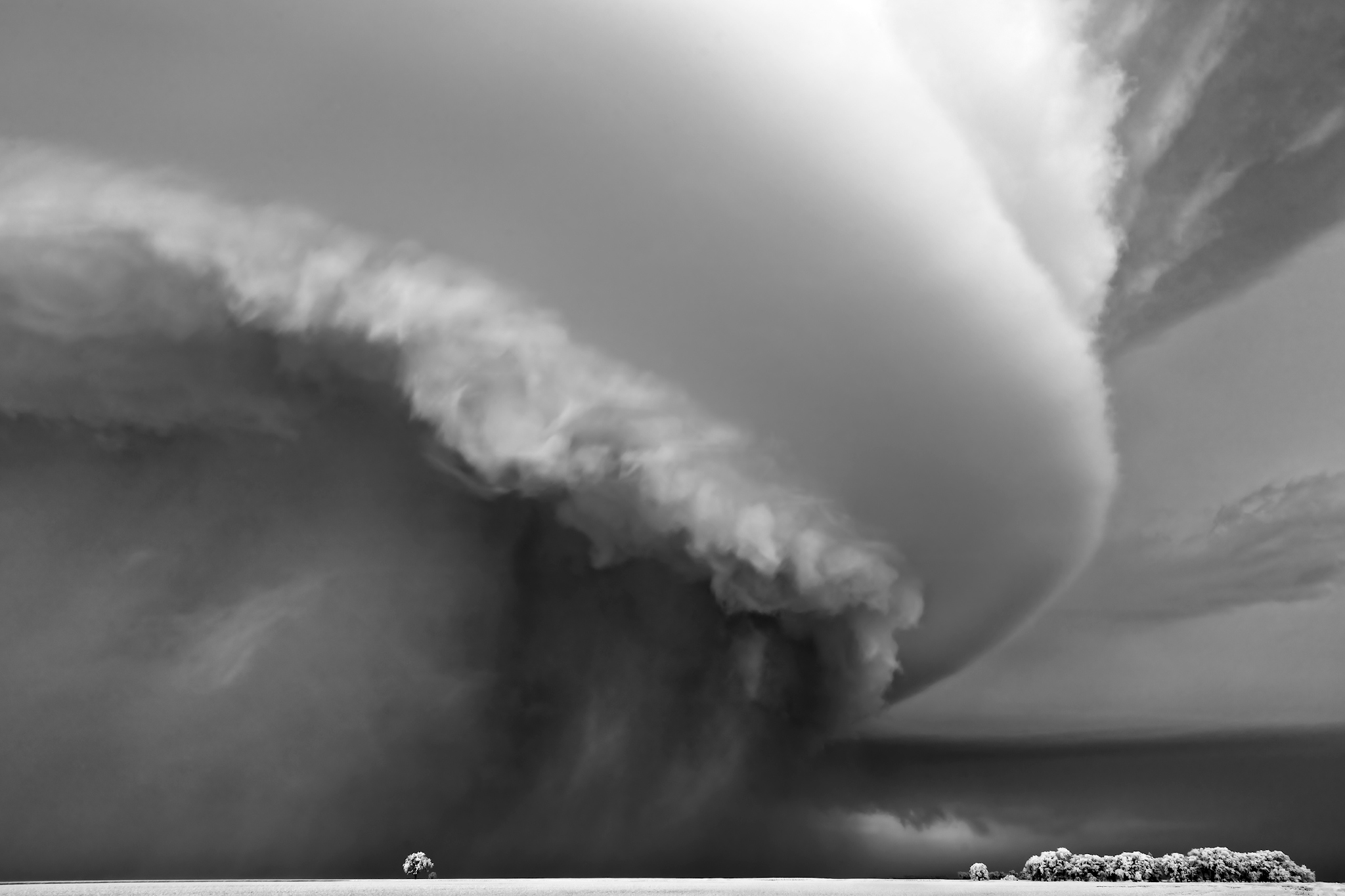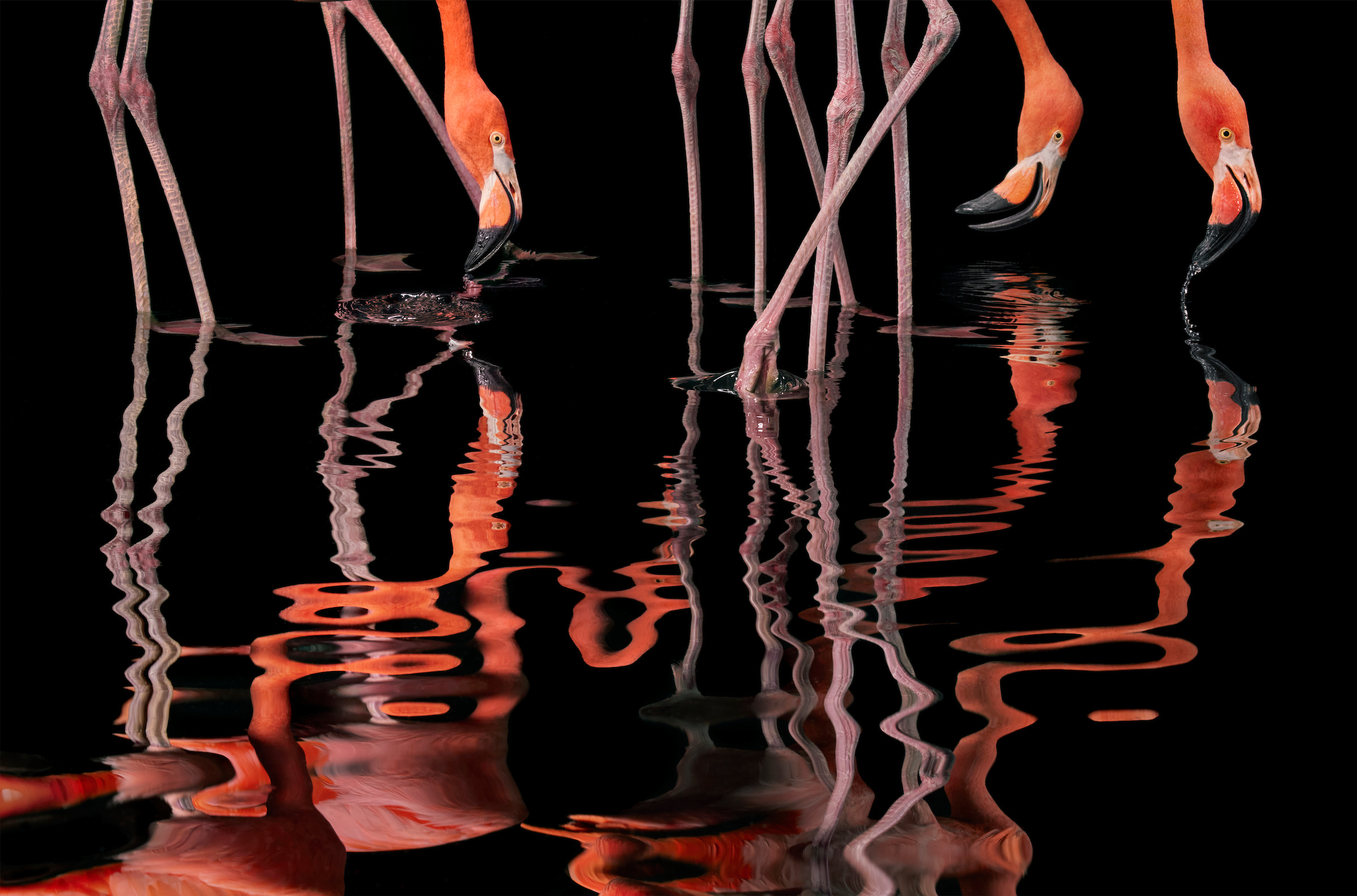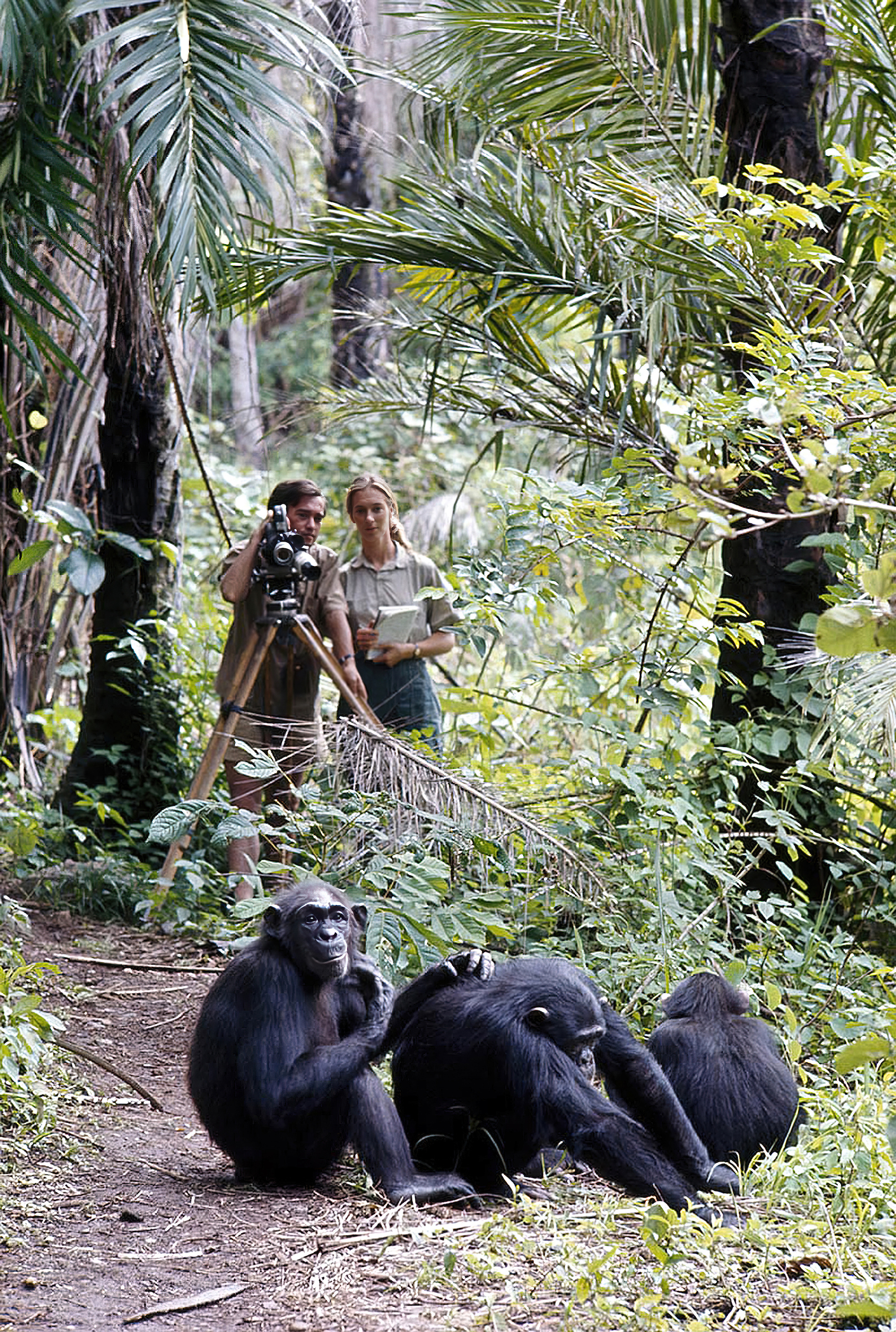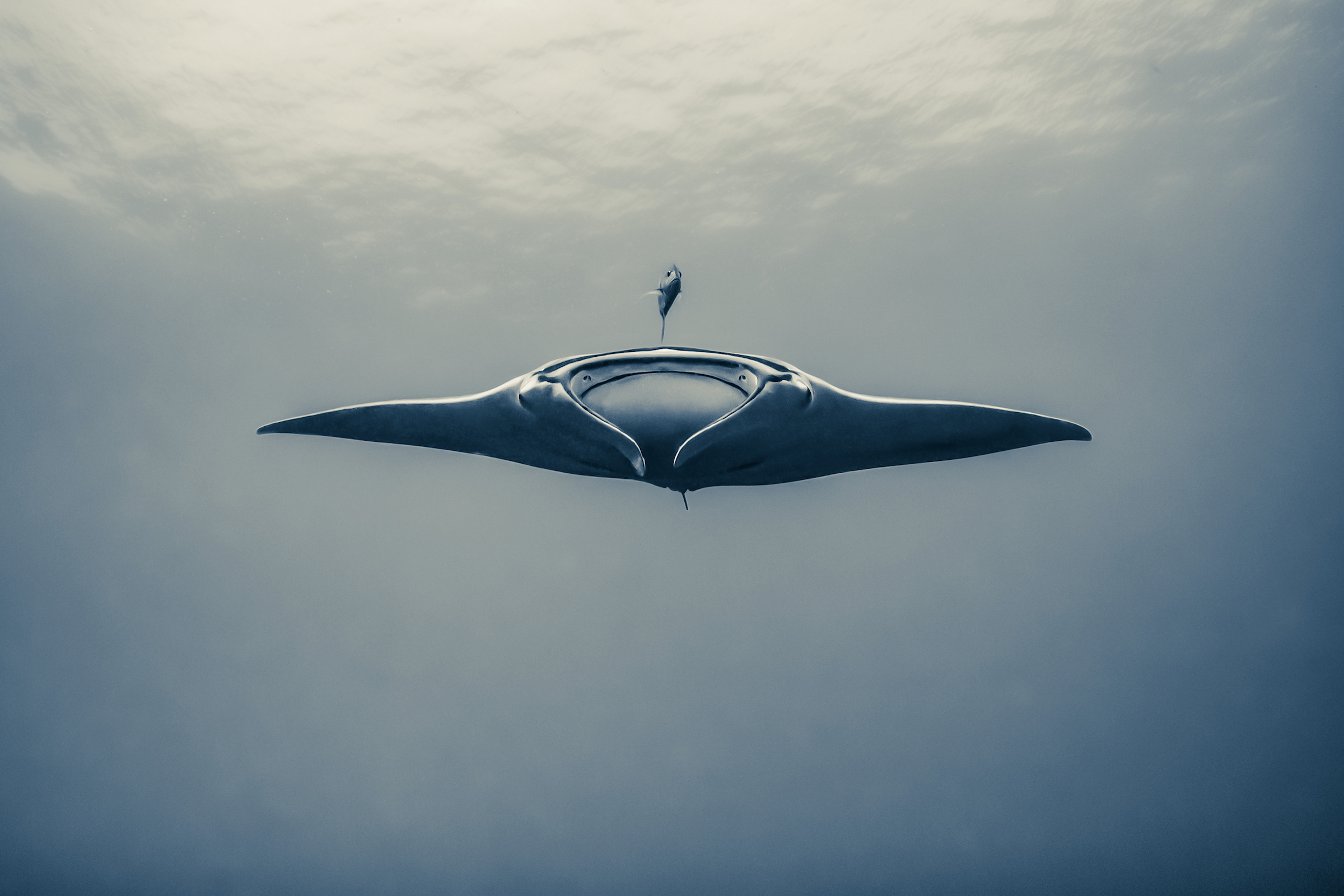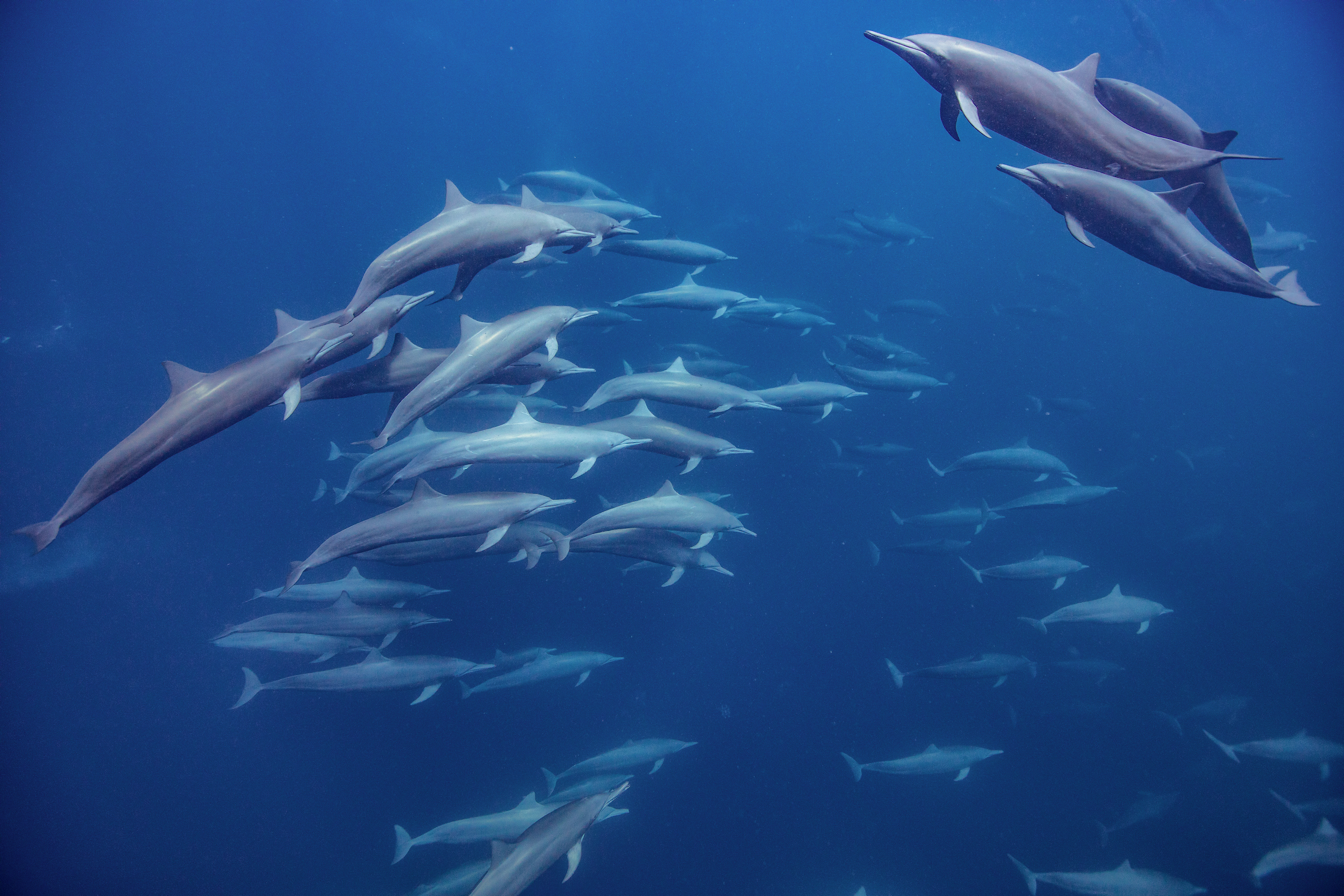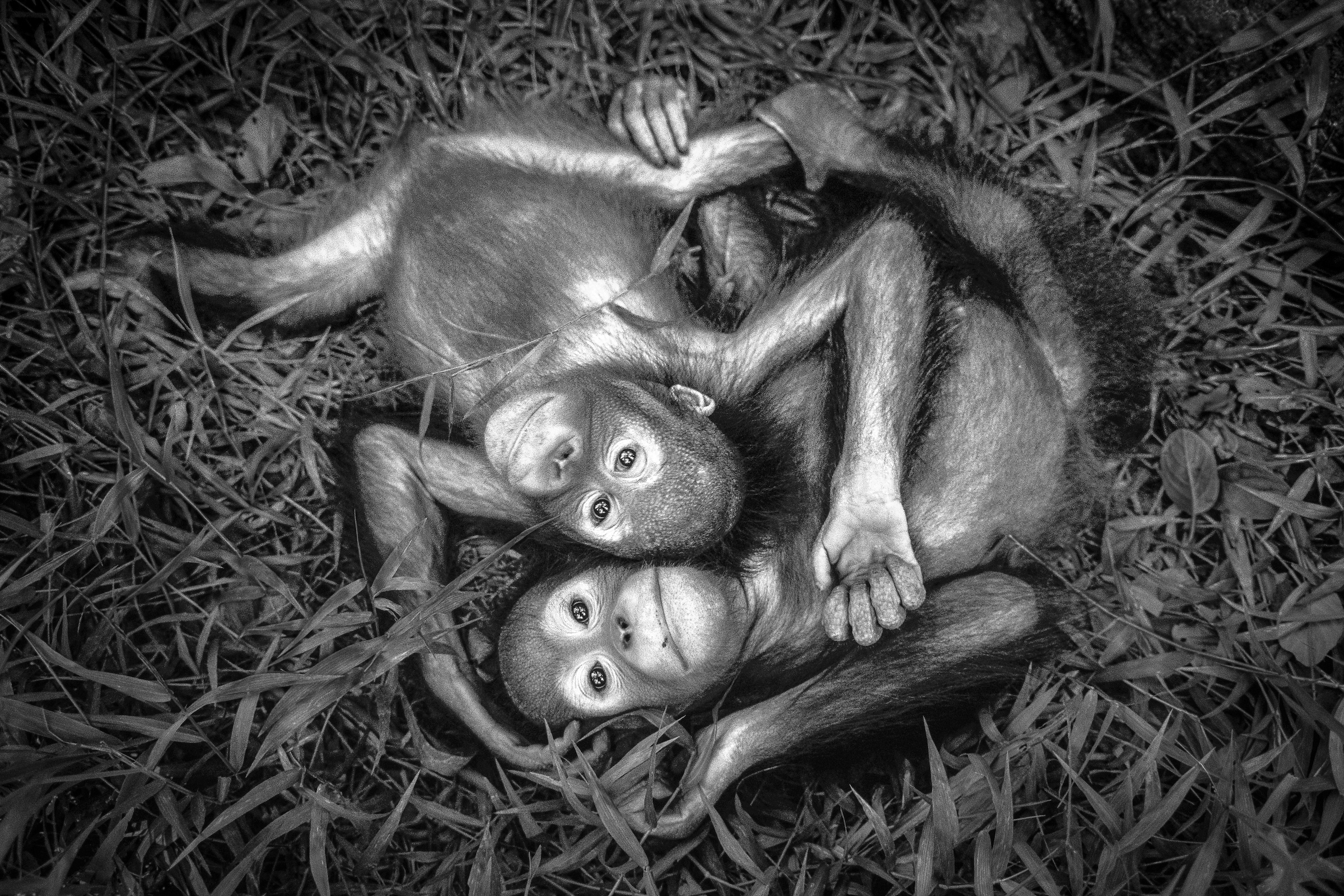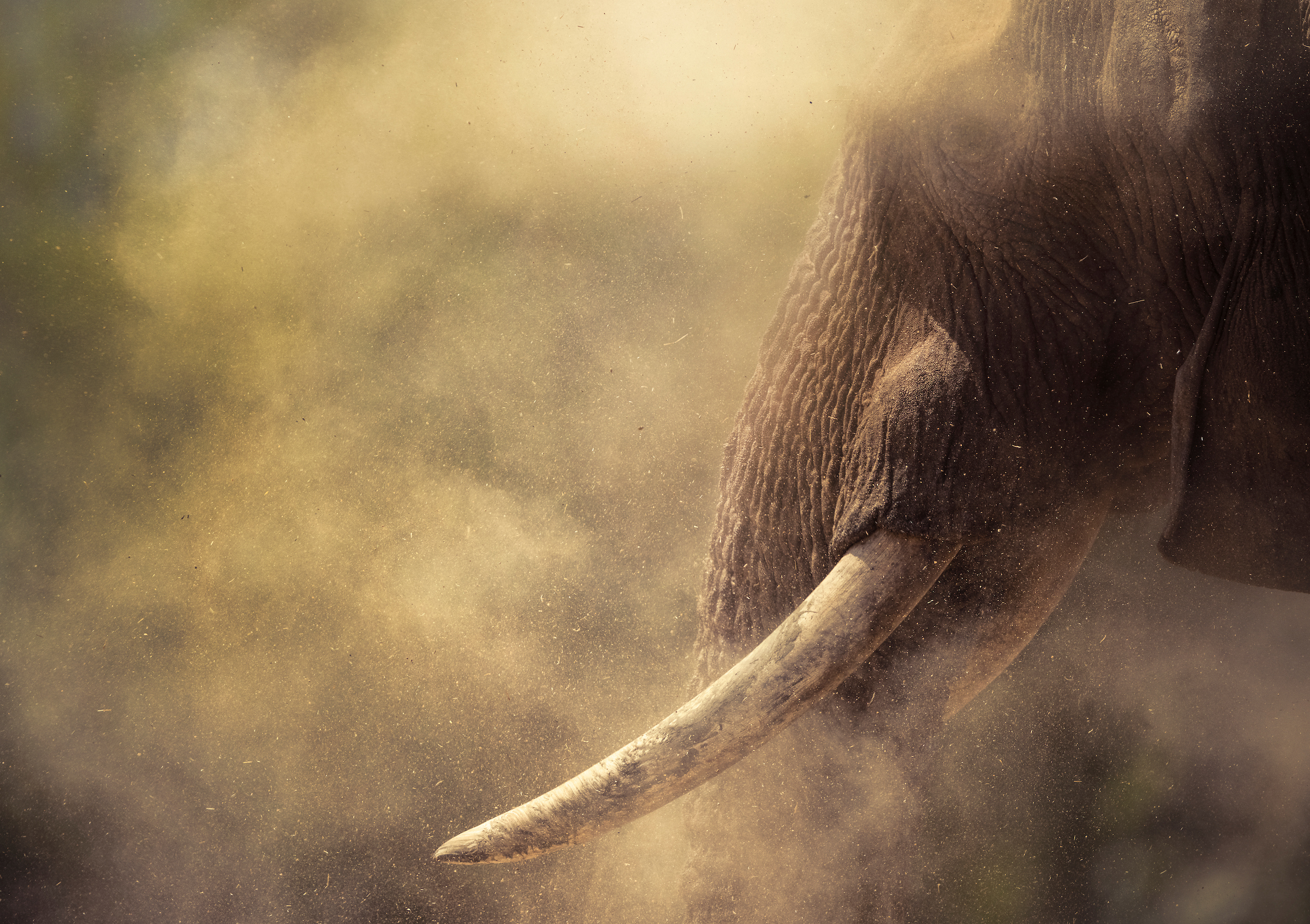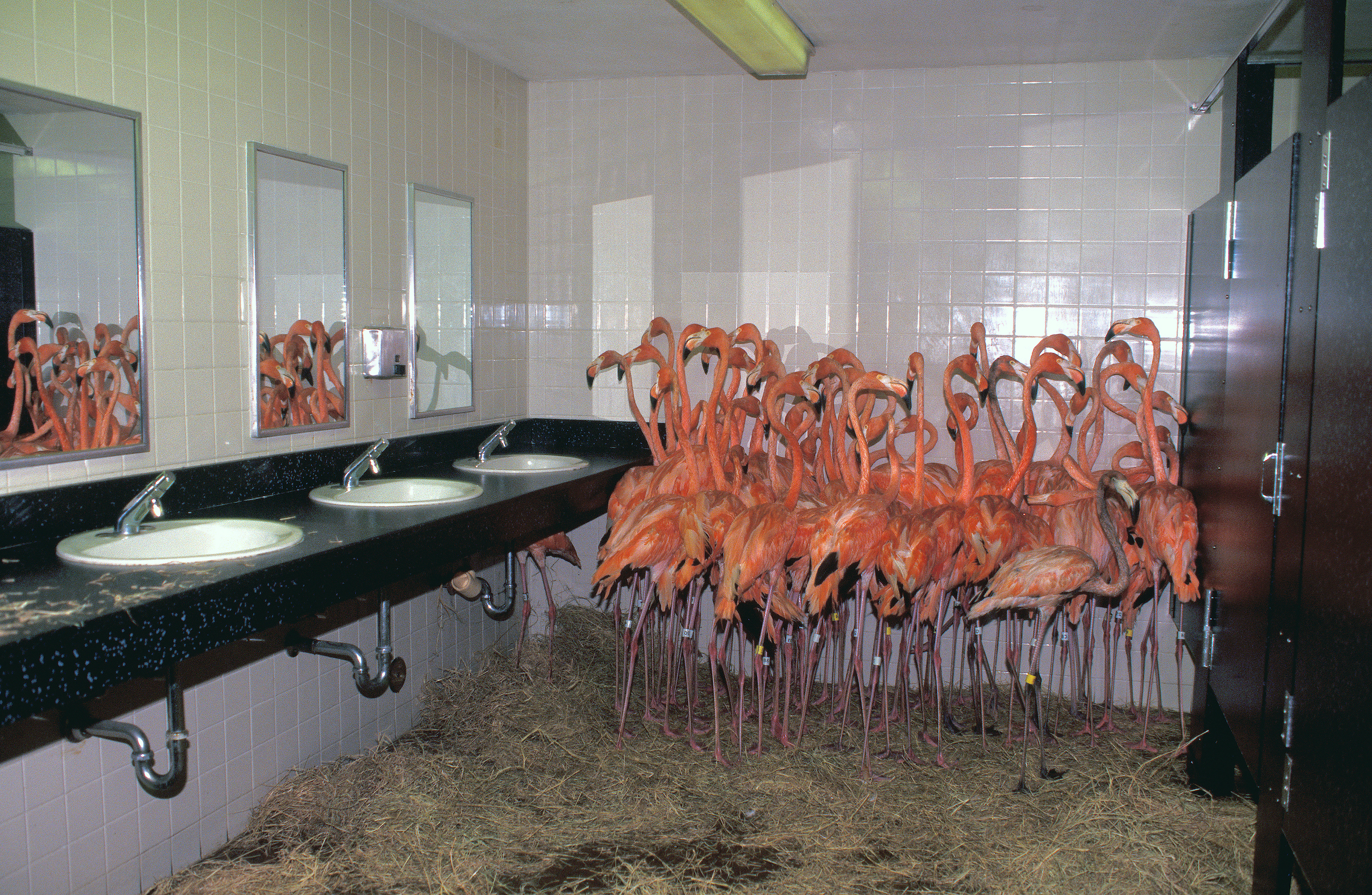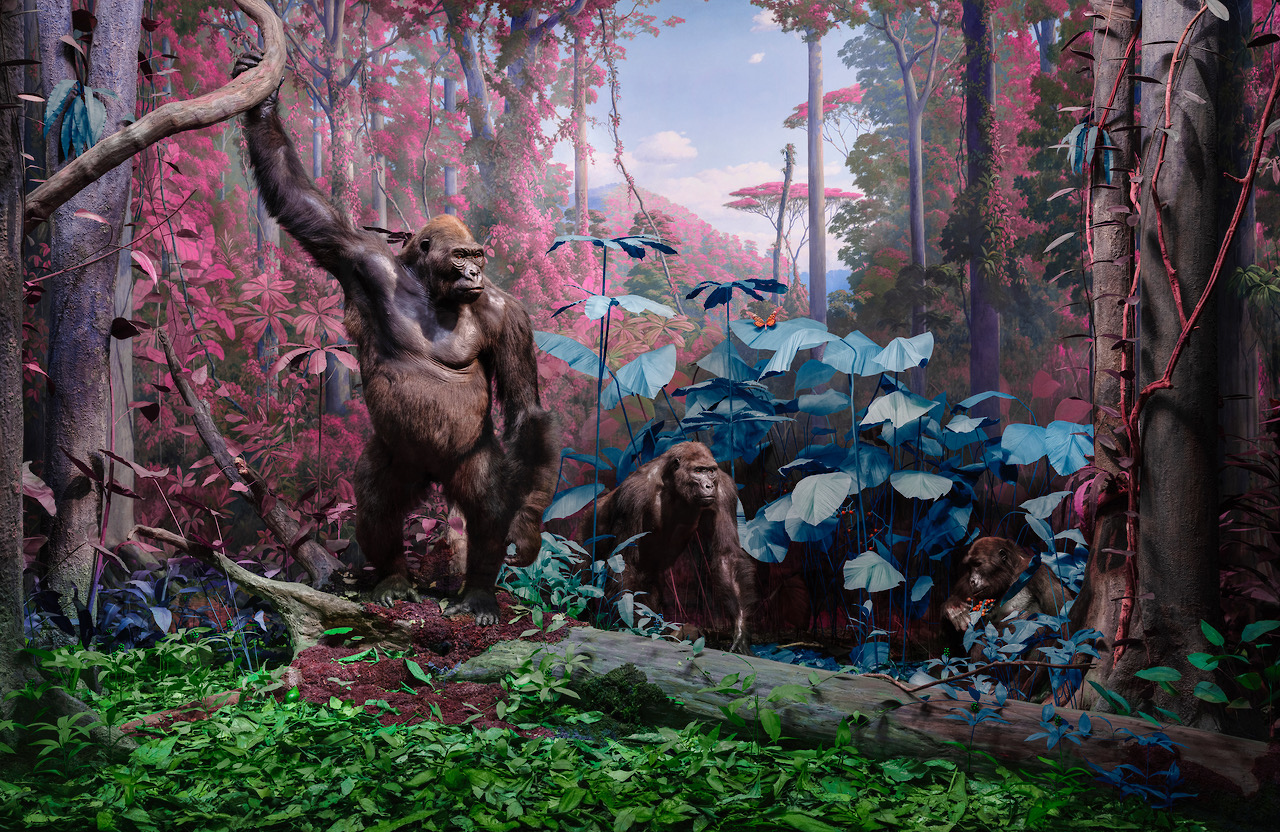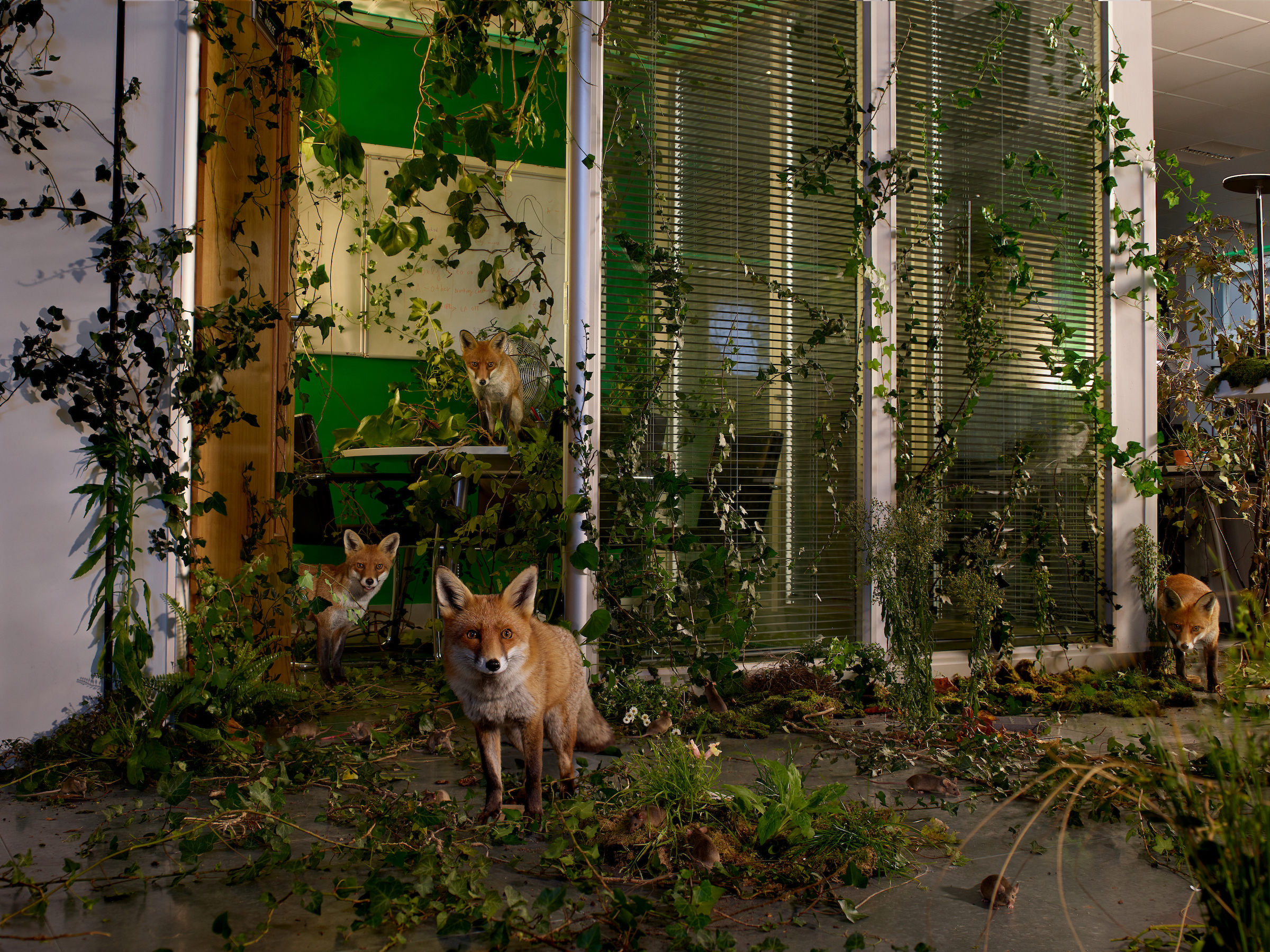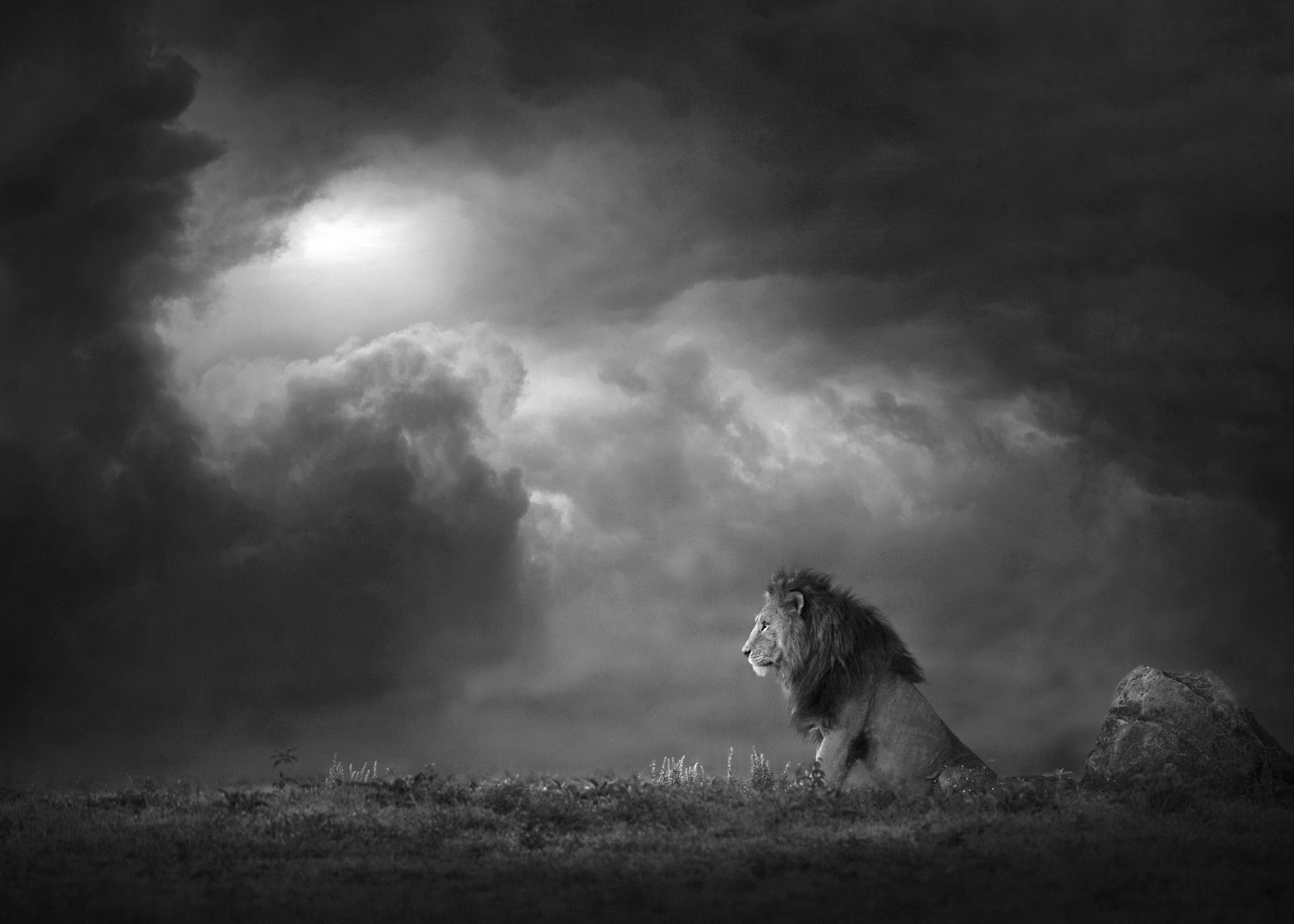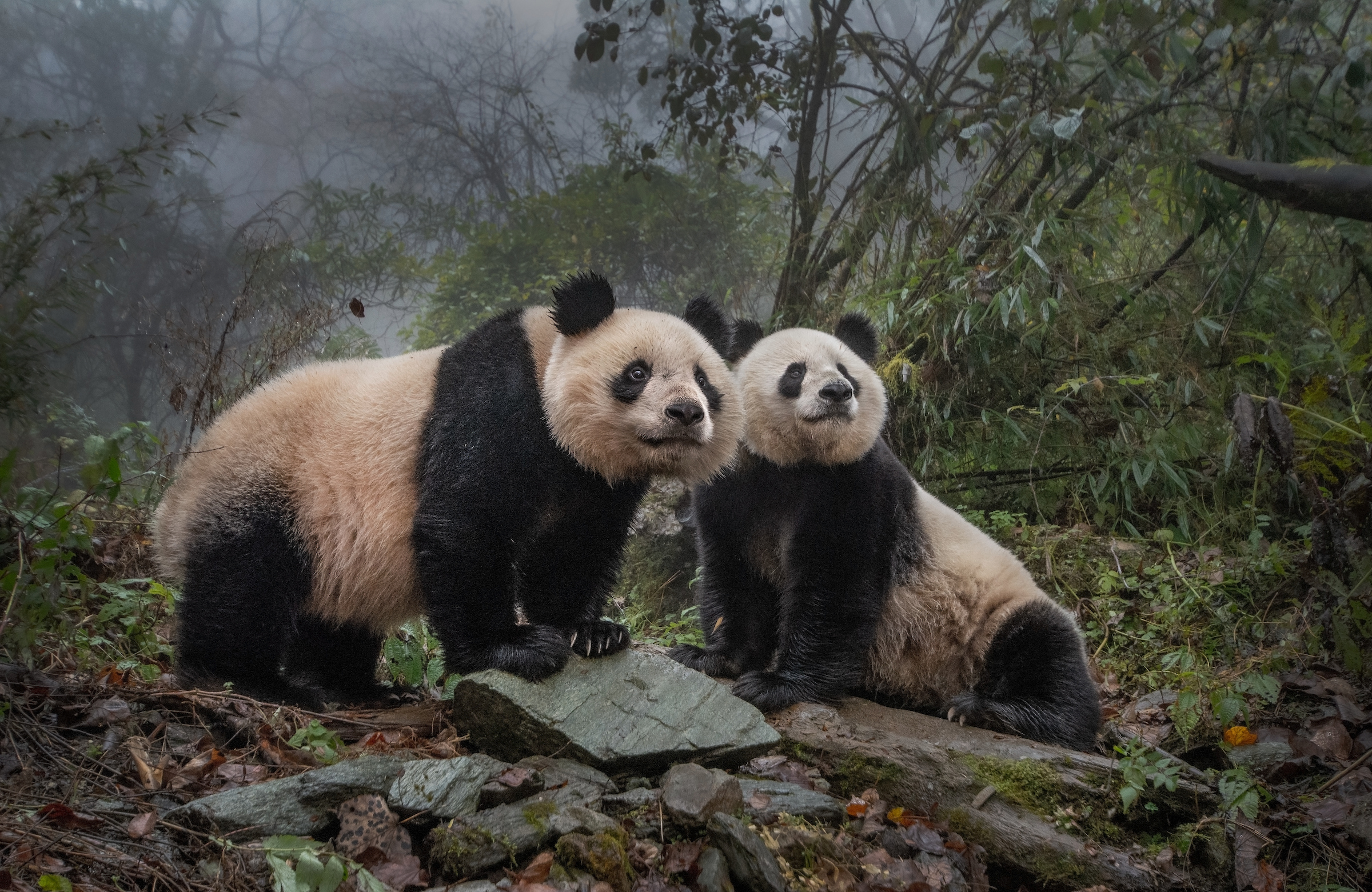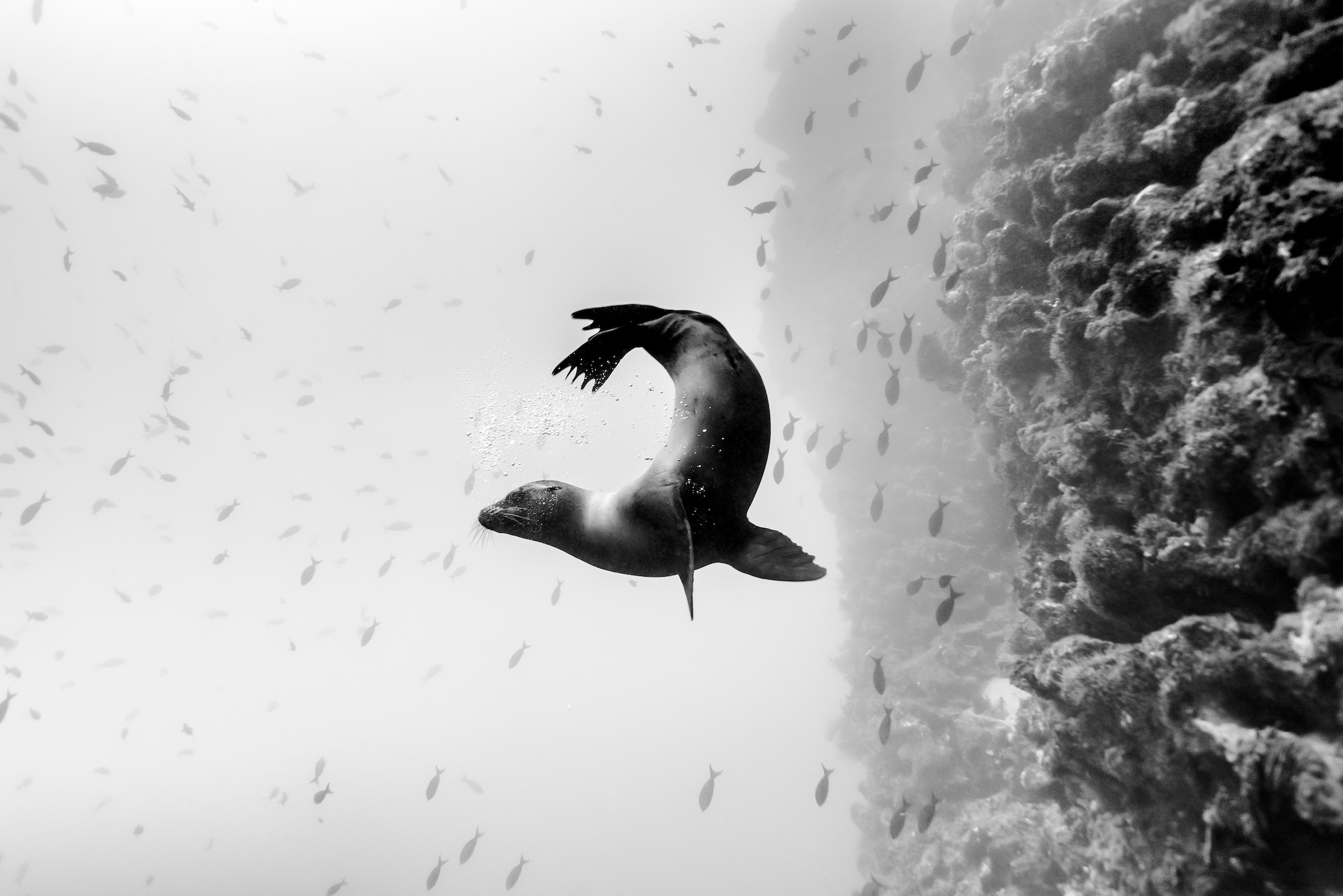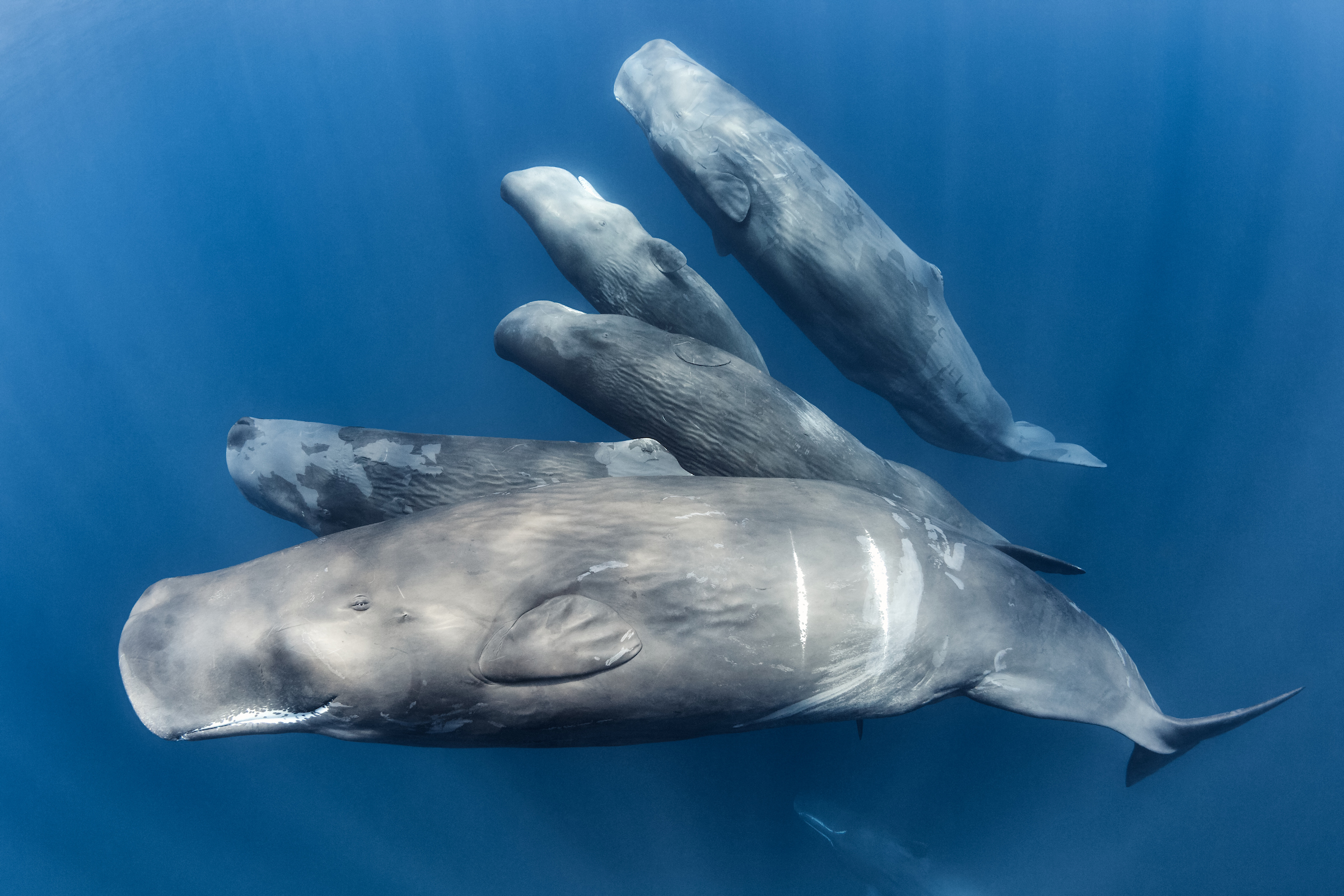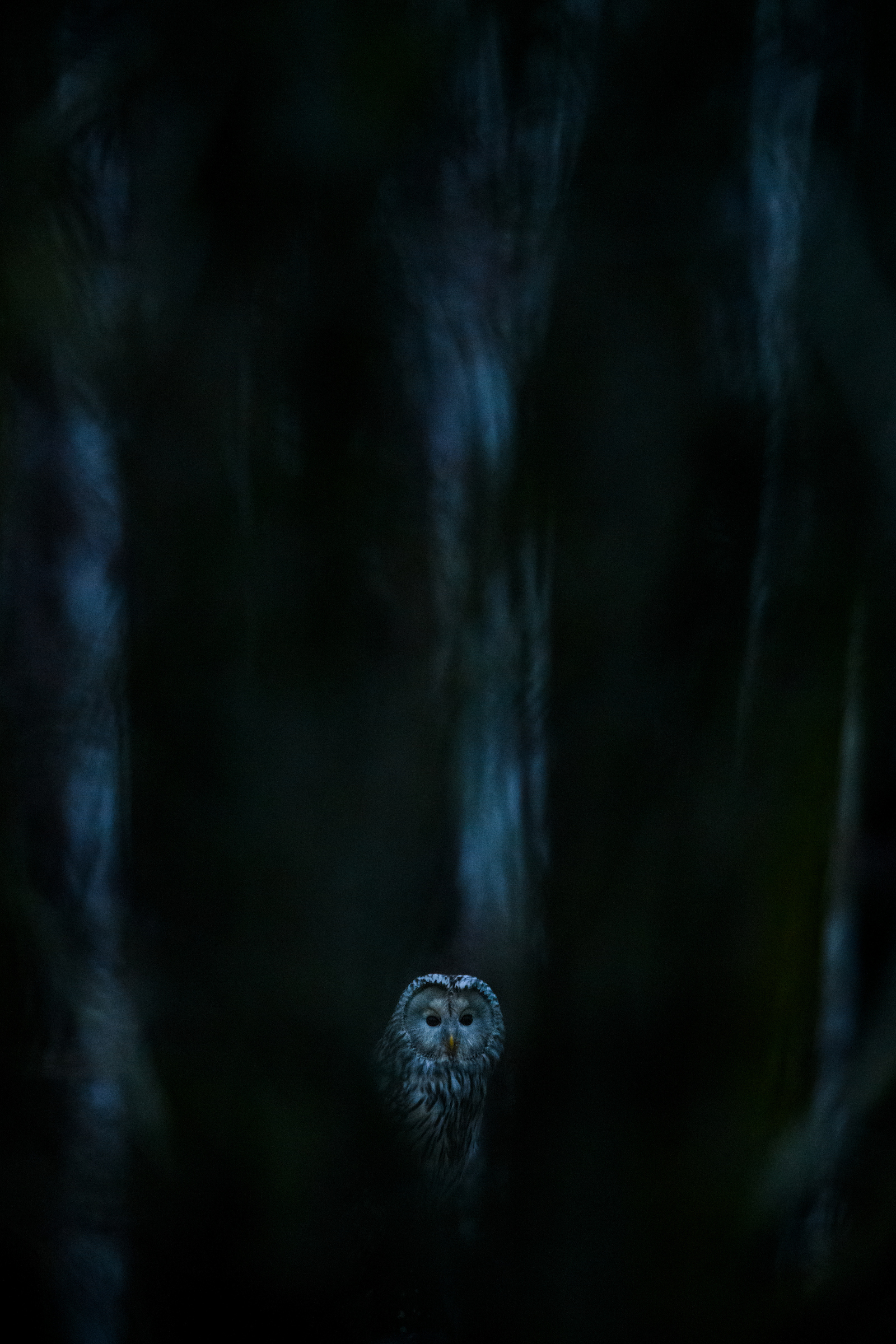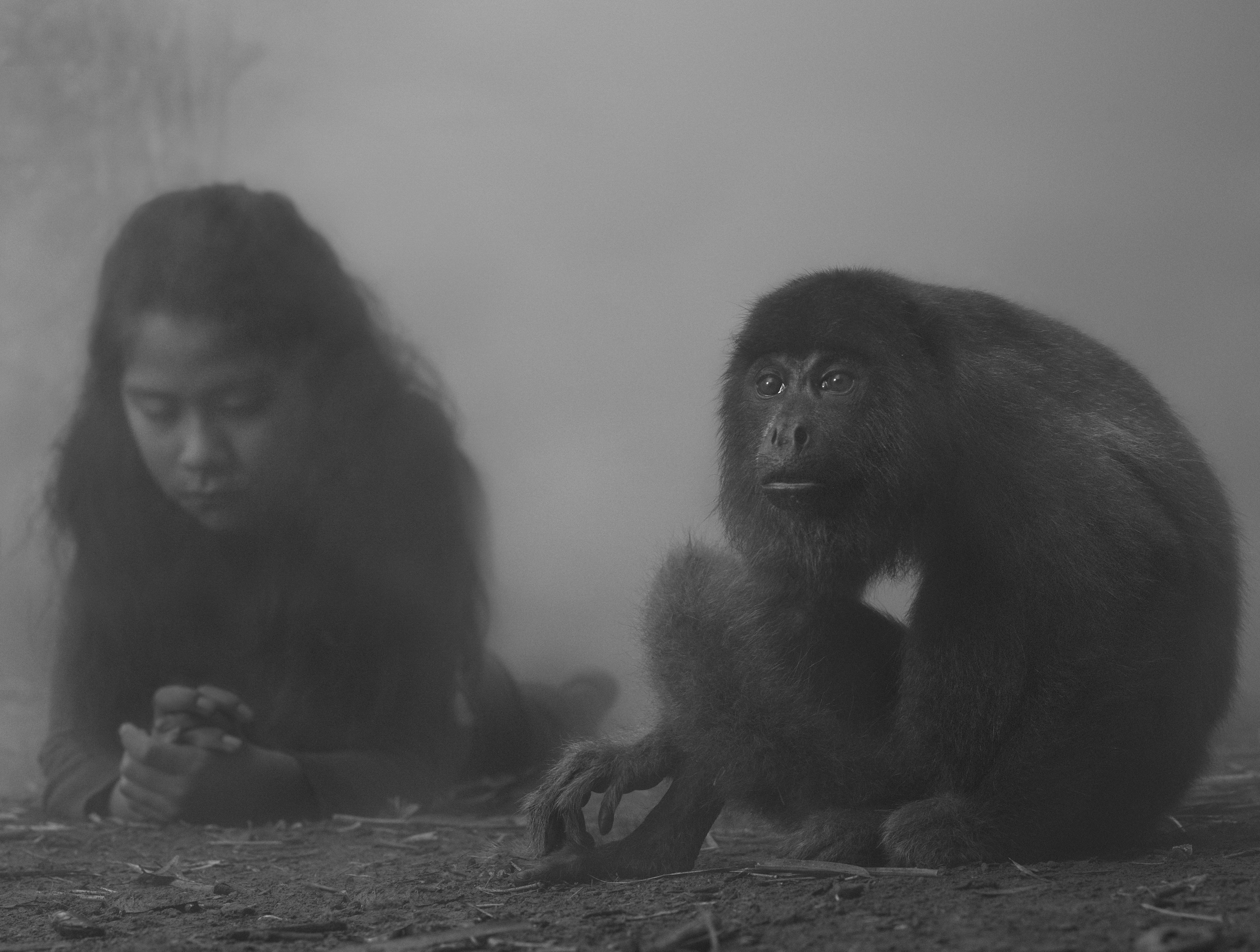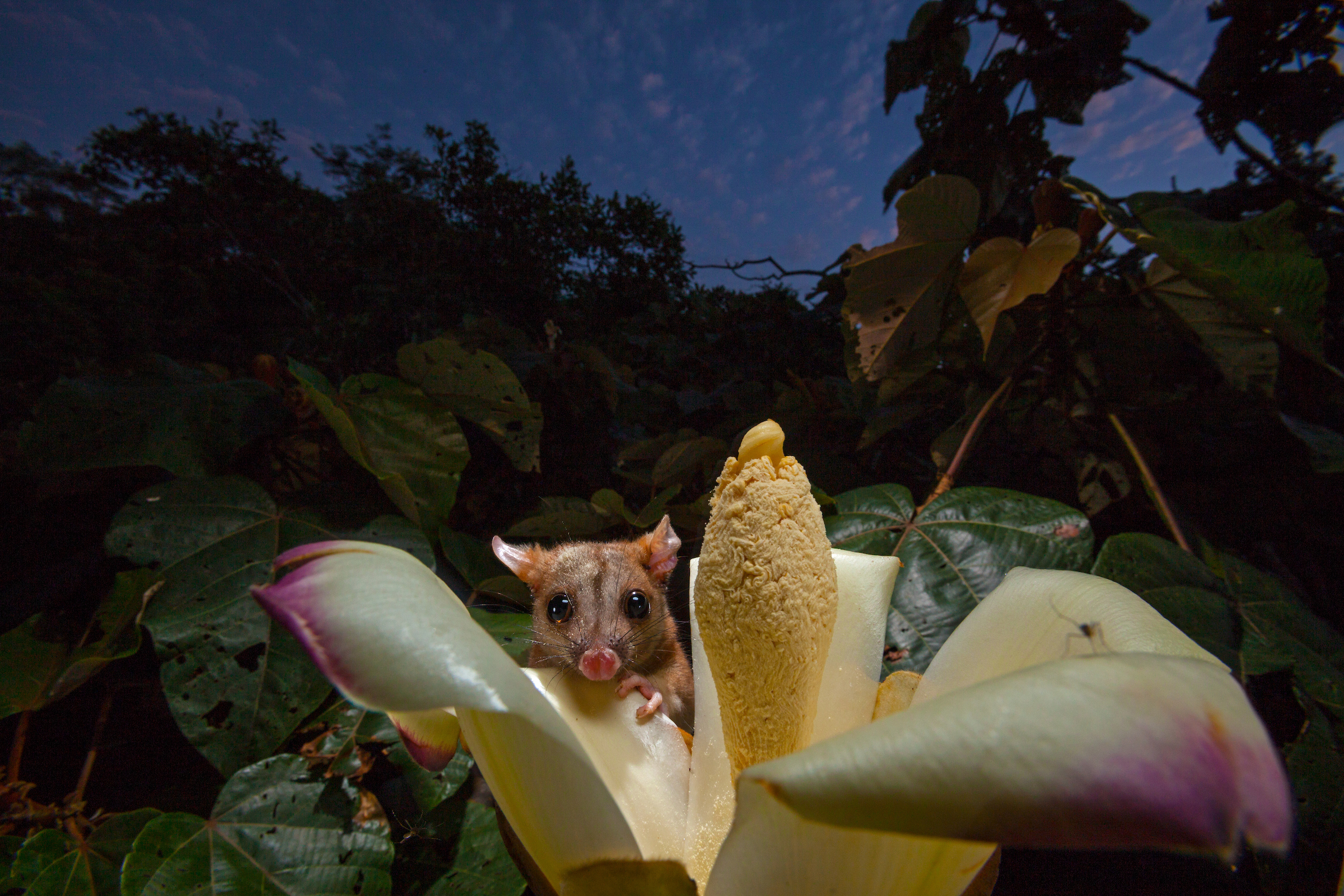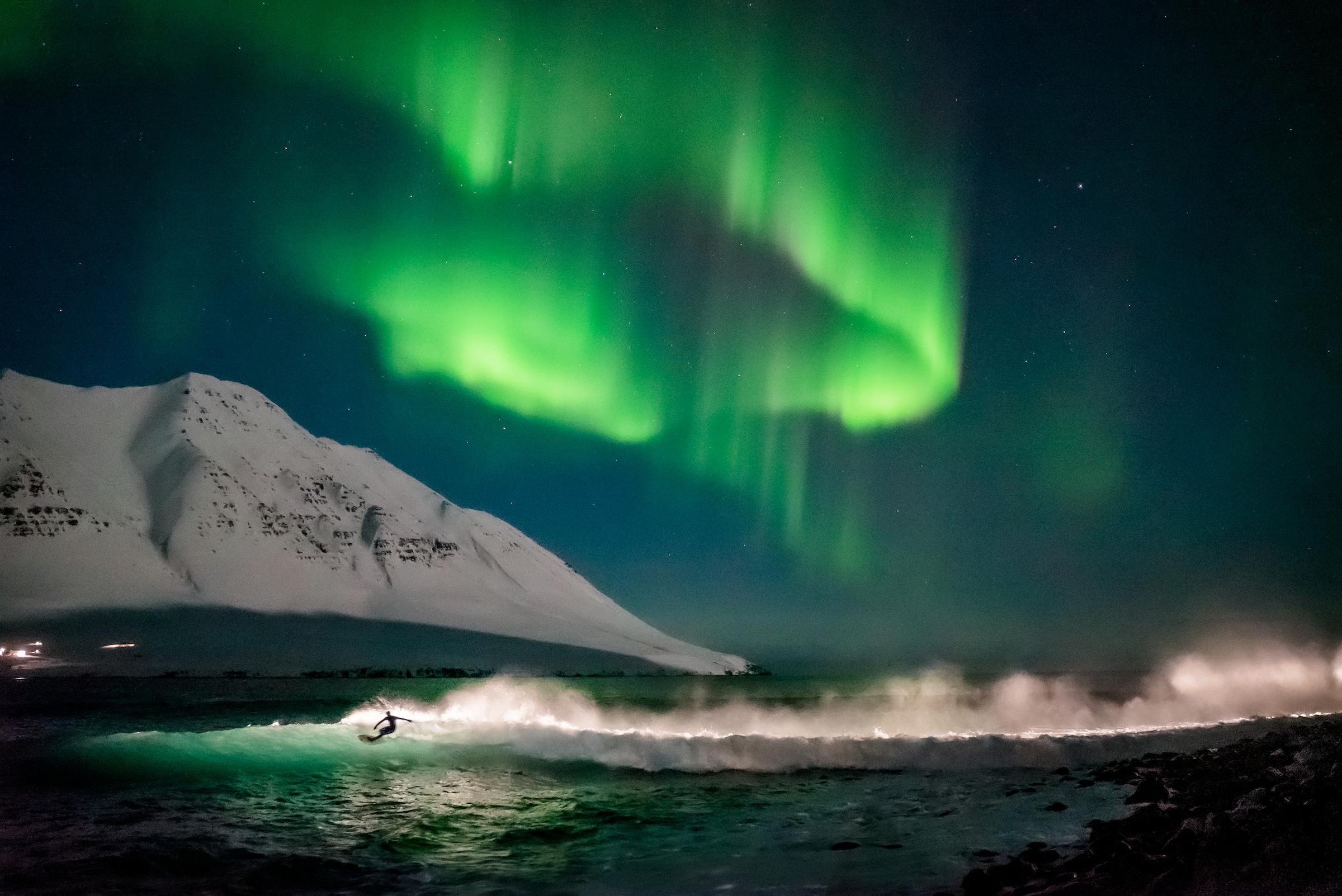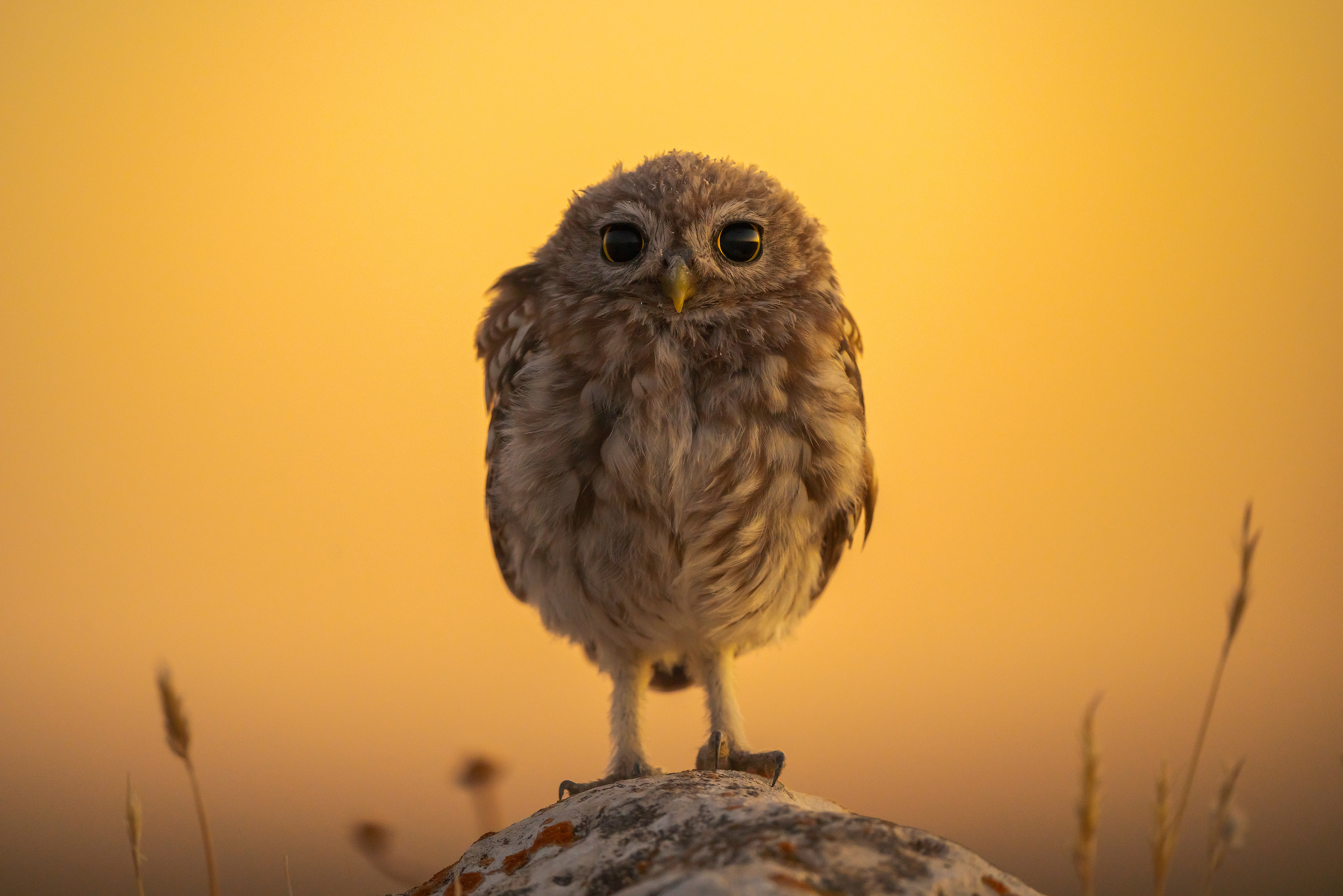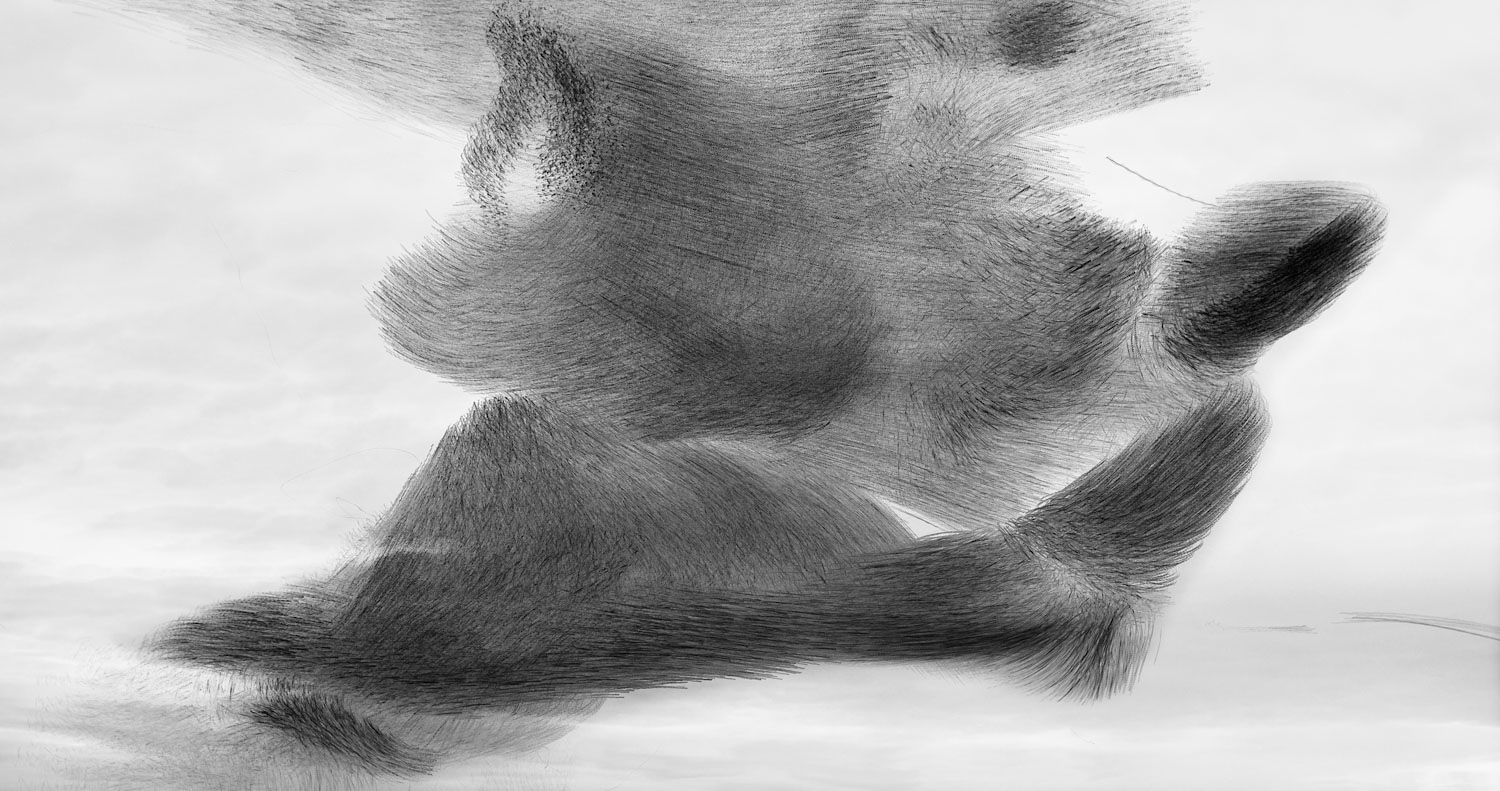Vital Impacts: stunning photography inspires wonder and curiosity for our natural world

The brainchild of legendary wildlife and endangered species photographer Ami Vitale, and supported by conservation hero Jane Goodall, Vital Impacts sells prints by the world’s most lauded nature photographers to raise money for grassroots conservation and humanitarian projects. The photographs from all the artists are diverse but have in common a shared commitment to the environment.
This year’s collection features six Australian photographers who use their visual storytelling talents to shine a light on the fragility of our region:
‘Loss of Sea Ice’ by Michaela Skovranova
This work has been chosen from Michaela’s ongoing documentary project ‘End of the World’ investigating the impacts of climate change in Antaractica. “I see climate change in a similar way to an illness that takes hold of your body. It starts silently, unnoticed. By the time it’s deeply visible the entire ecosystem is in a cytokine storm almost impossible to control. Perhaps it starts underground after years and years of droughts draining the life out of the soil much like in Australia. Or perhaps the changing winds and warmer currents rot away the core of the glaciers.
“On 6 February 2020, weather stations recorded the hottest temperature on record for Antarctica. Thermometers at the Esperanza Base on the northern tip of the Antarctic Peninsula reached 18.3°C (64.9°F) The warm weather caused widespread melting on nearby glaciers. I imagine all the tiny snowflakes that had fallen over many lifetimes to build this masterpiece and all the life that depends on it. With the loss of sea ice, we face mass extinctions of wildlife and sea-level rise, which will ripple all across the globe.”
@mishkusk mishku.com/tedxsydney-2020-/-end-of-the-world
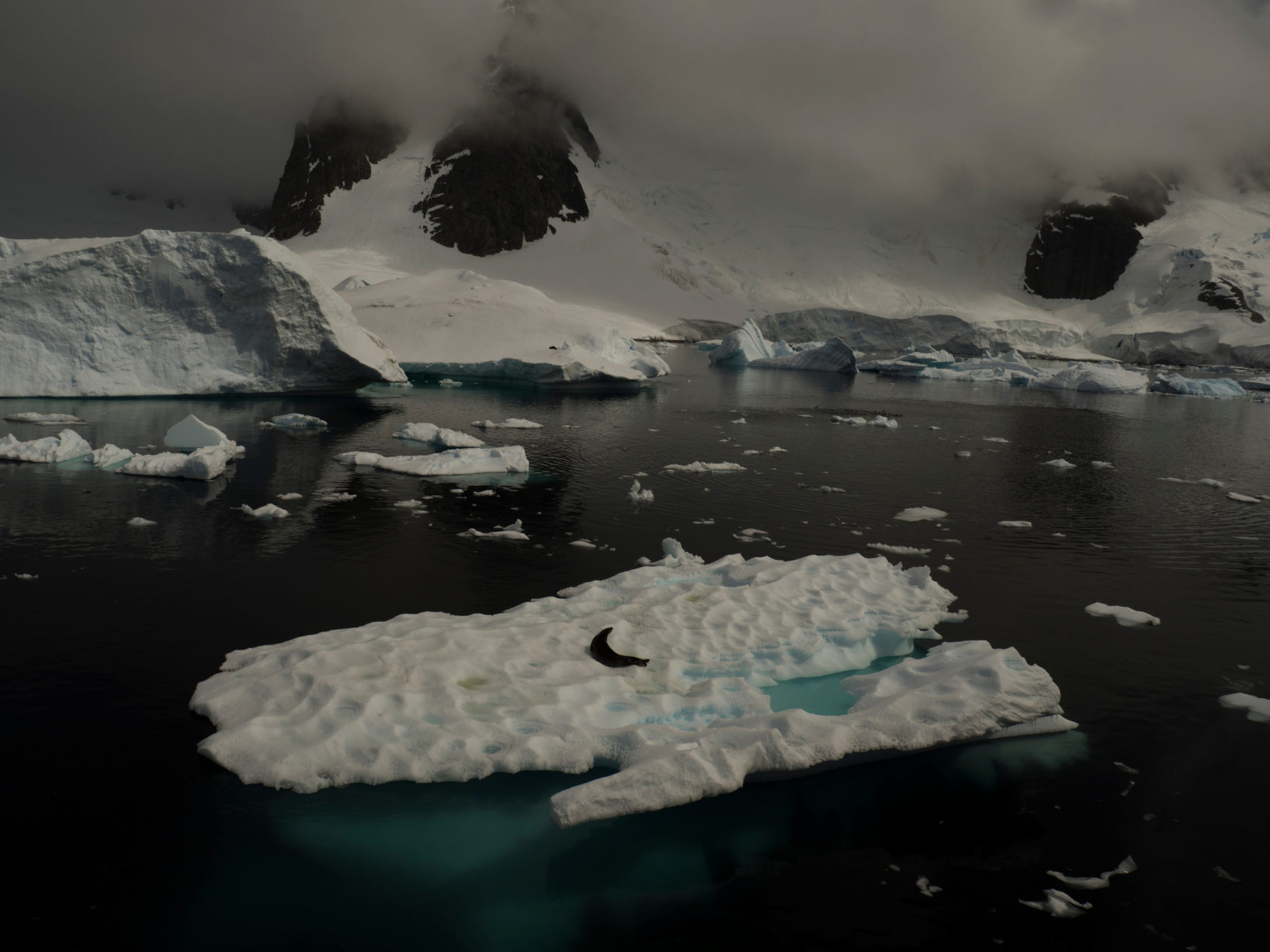
‘Nature’s Lungs’ by Stephen Dupont
These grand eucalypts are the famous Bennelong Twins near the Sydney Opera House, dating back to Sydney’s 1788 settlement when the trees would have been saplings. The huge red gums on Bennelong lawn are the only surviving eucalypts from the natural forest in area. Stephen reflects that these trees would have seen Cadigal men brandishing spears as the First Fleet dropped anchor, then the convict parties landing, tents erected, metal axes ringing and surrounding trees falling.
Stephen says he chose to photograph the giant gums simply for their national heritage, historical and environmental significance. When he was framing the scene he noticed that the foliage of the trees looked like lungs if he pointed his camera upwards. He was able to show the power of nature by making the trees appear almost colossal, ending with the appearance of a set of lungs above.
This images is taken from Stephen’s series ‘Are We Dead Yet?’ He says the work is “centered around our planet’s climate crisis focused on recent disasters and events in my own country Australia. From one of the worst droughts in living memory, to the recent catastrophic black summer bushfires and floods to the destruction of native forests. I want my photographs to reflect both the consequences of our current path as well as signal the urgency to find new ones, while motivating viewers to question their roles and responsibilities in this real-time catastrophe. I’m looking at this as an artistic kind of canvas, a way to view the tragedies and the trauma of the Earth, but to find some sort of beauty in it as well, in the colour palette and patterns of the landscape. I’m highlighting the catastrophe to agitate viewers to gaze deeper. These photographs might be beautiful, but if you look at them really closely, there’s a very deep message in all of them and there’s a real sense of urgency in what I’ve captured.”
@stephenmdupont.
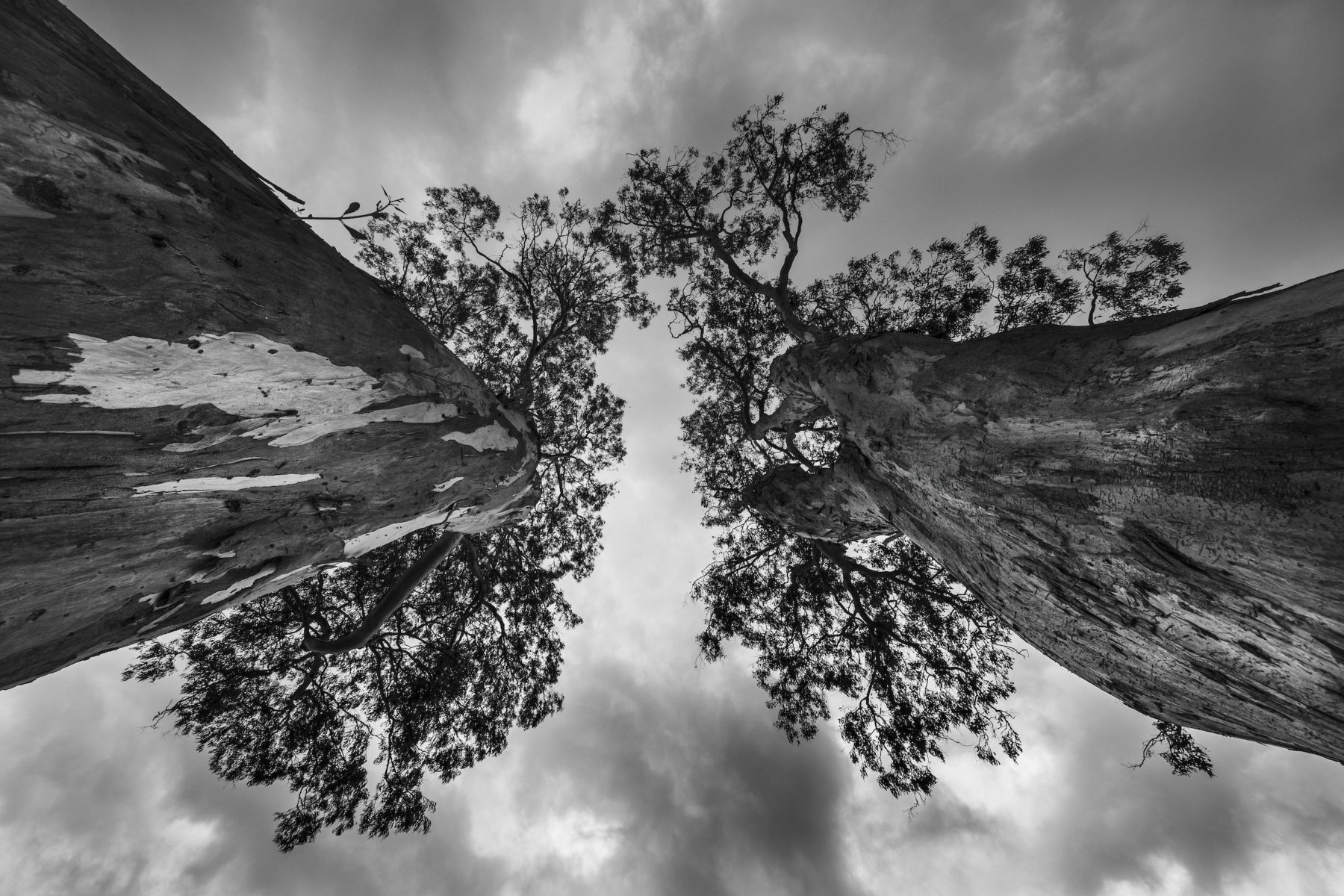
‘Bubble Lion’ by Matt Bagley
Photographed in Port Lincoln, South Australia, between lockdowns.
“I have felt a deep connection with the ocean for as long as I can remember,” Matt says. “Saltwater is in my blood, and when submerged I find peace and wonder. With a camera in hand I follow light paths, diving down into cold free-flowing waters. A handheld torch accompanies my single-breath dives, illuminating instances that captivate and connect. Whether it be the morning light bouncing off the ocean’s surface or the darkness that comes before the moon. There is so much beauty that it’s hard to look past, I’m drawn to them. Not only to capture but to experience them.”
@petrichor.mb.
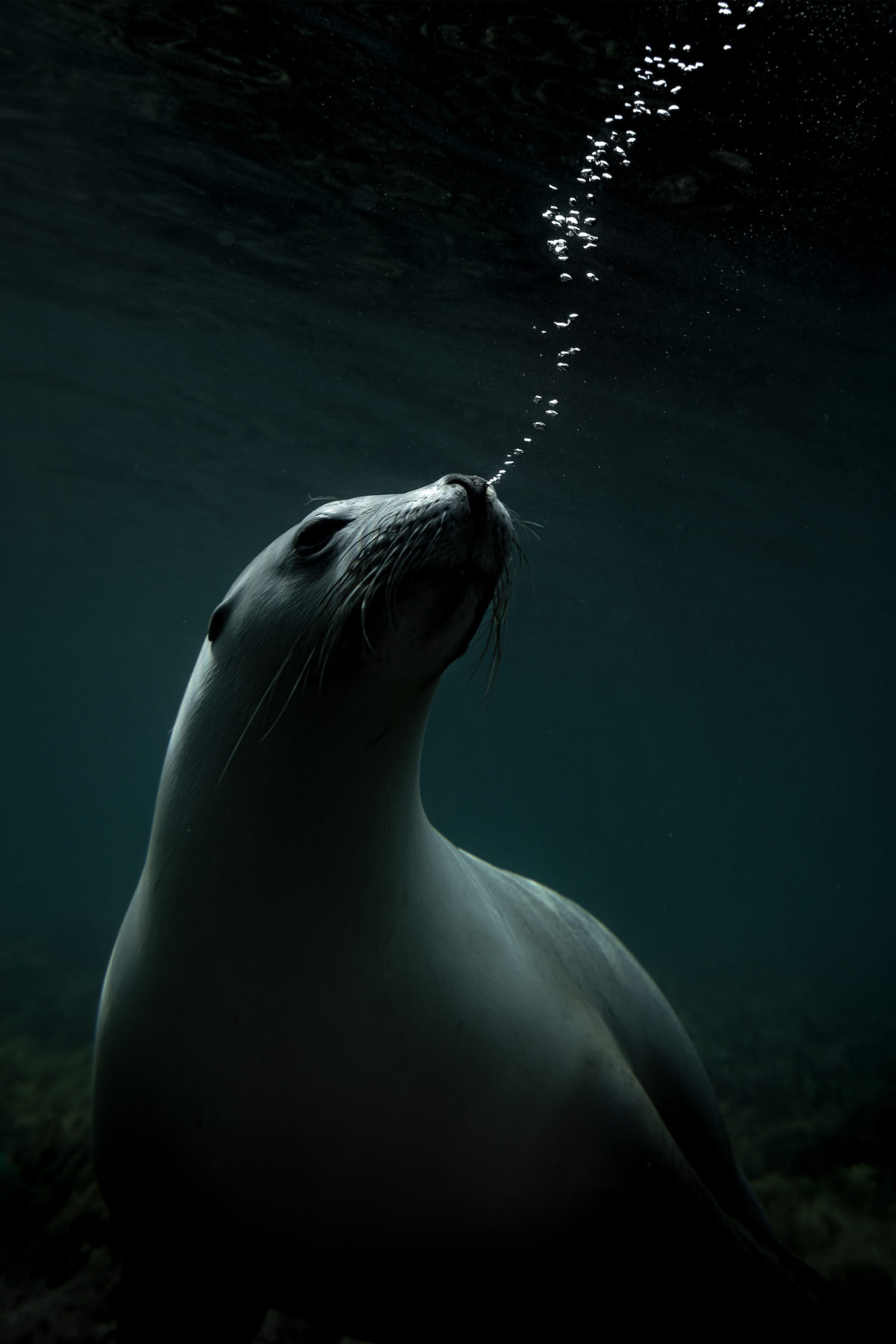
‘Ascension’ from Tamara Dean‘s series ‘Palace of Dreams’
Tamara Dean makes large-scale fine art photography exploring our connection to nature.
“In the gardens of memory, in the palace of dreams, that is where you and I shall meet” – (The Mad Hatter) Lewis Carroll, Alice Through the Looking Glass, 1871.
“Like Alice through the looking glass, the world is turned on its head,” Tamara says. “Ordinary objects defy gravity, the compass is both physically and figuratively out of whack. Each night I watch the news, taking in images of daily disasters happening across the planet. My mind is filled with moments and snapshots, personal belongings washing away in floods, homes broken, humans in dire need. We are often reminded that we are living on the precipice of a tipping point. A point of no return. Then images from my garden float through my mind, my hands in the earth, flowers that disappear and reappear each year. The certainty of change and of cycles.”
@tamaradean
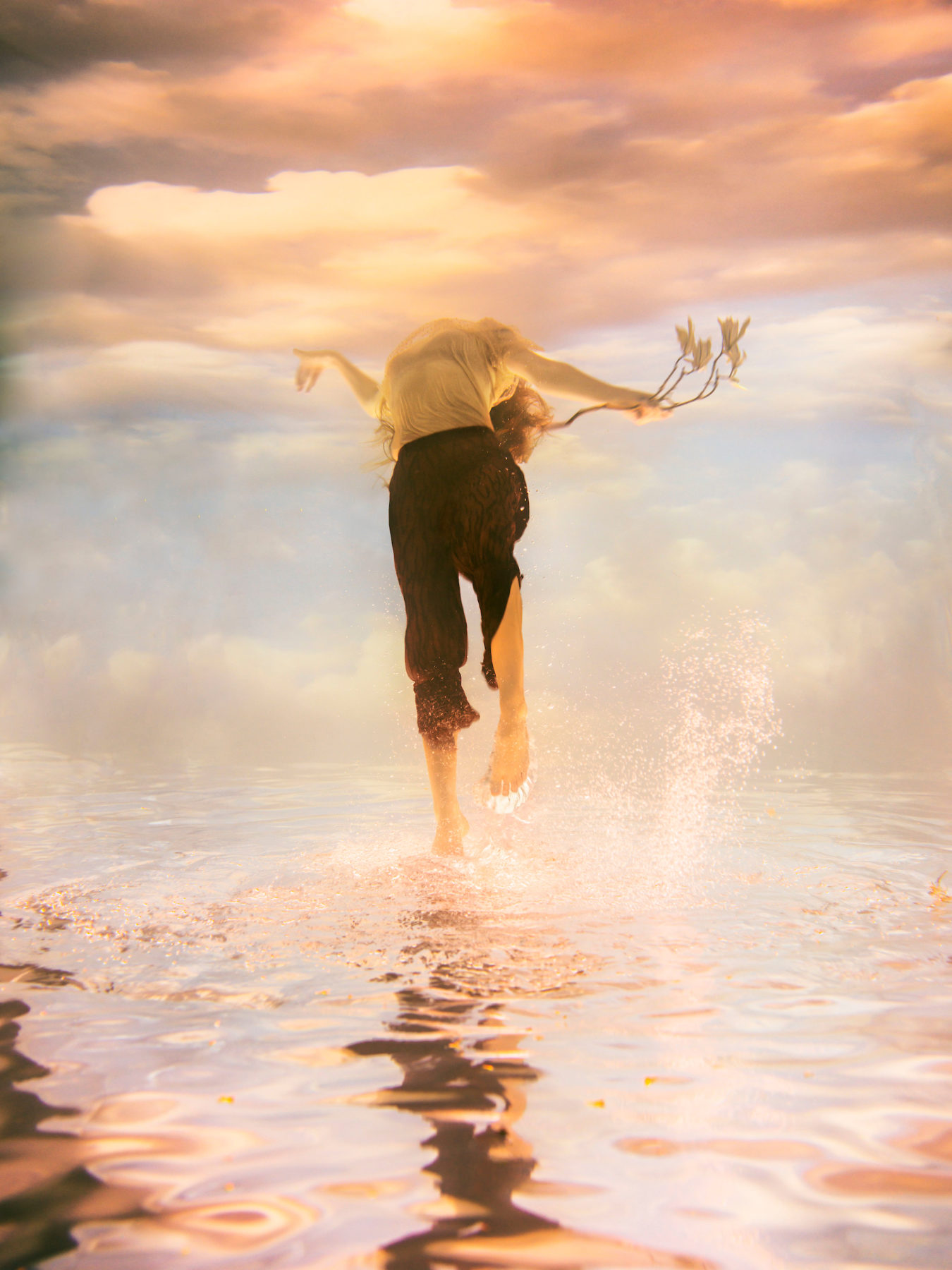
‘Meeting Place’ from Morganna Magee‘s series ‘Extraordinary Experiences’
“Created in the streets near where I live, on the traditional lands of the Woi Wurrung, Bunurong and Boon Wurrung people, the images are made on places of traditional significance that are now open bushland,” Morganna says. “The resulting images come from an intuitive response to my surroundings, the images interplay with photography’s ability to make eternal what is fleeting. Through in-camera and in-scanner manipulations these images exist through intervention, sometimes by the artist, others by the unseen atmosphere that surrounds what is photographed.”
“Australians have long one of the western world’s most immediate understandings of the environment. Nature is where we play and where many of us live. Because of this the affects of climate change, habitat loss and wildlife extinction are relevant to every Australian regardless of if they live in the city or country- you simply cannot live here without understanding the environment’s health is paramount to all our comfort. For this reason, I think imagery of conservation in Australia can be more nuanced than straight reportage- we understand this land, we understand what is at risk. The beauty of Australia, to me, is unapparelled, as is the access to first nation knowledge of country and what existed pre colonisation. As photographers, this is exciting, we can make images of this ancient landscape with an informed knowledge of what is does, should, and can look like.”
@morgannamagee
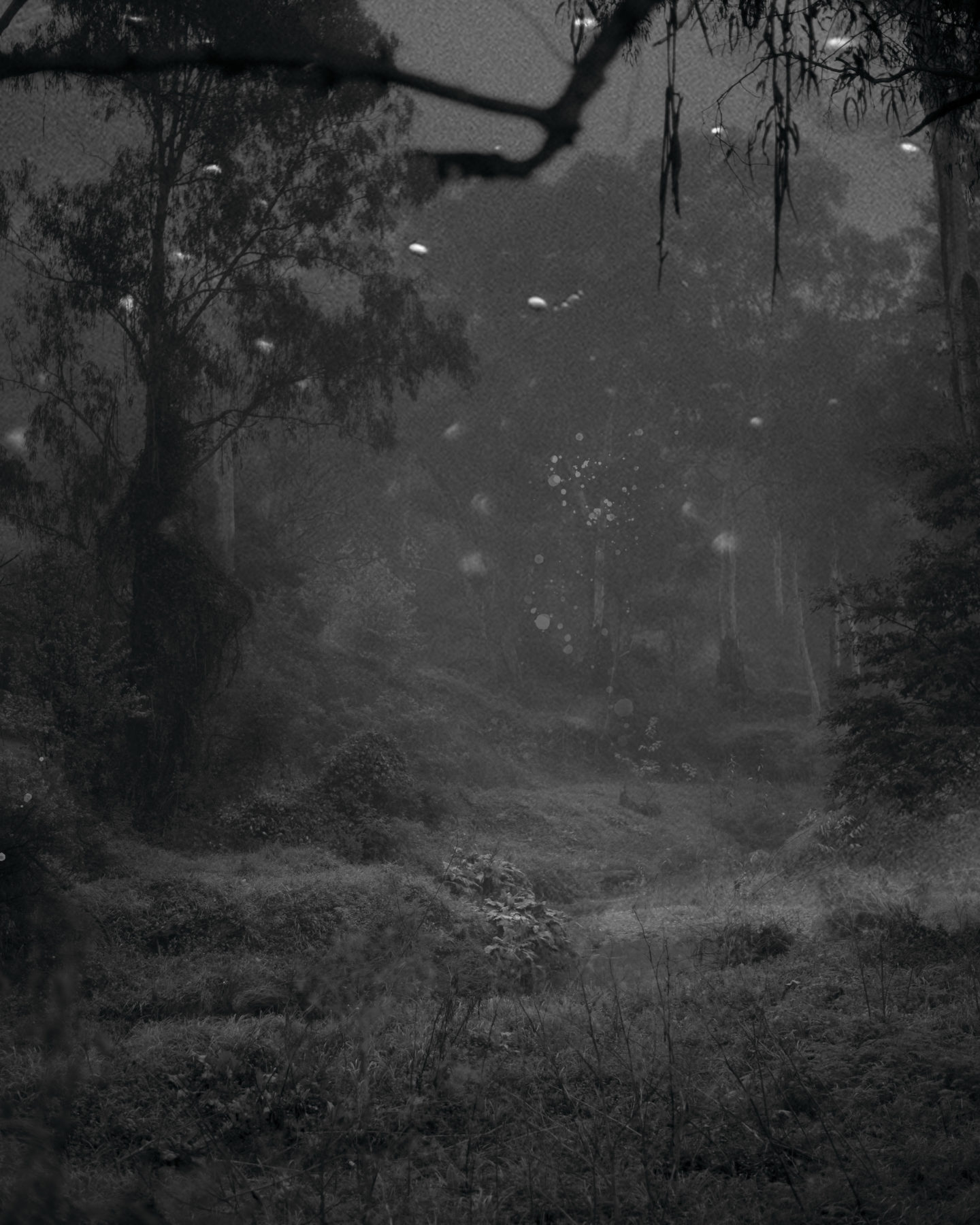
‘To Dance with Shadows: Flight’ by Aletheia Casey
“This work explores the silent and fragile places of the post-pandemic landscape,” says Aletheia. “The images physically depict the aftermath of disconnection and isolation.”
@aletheiacasey
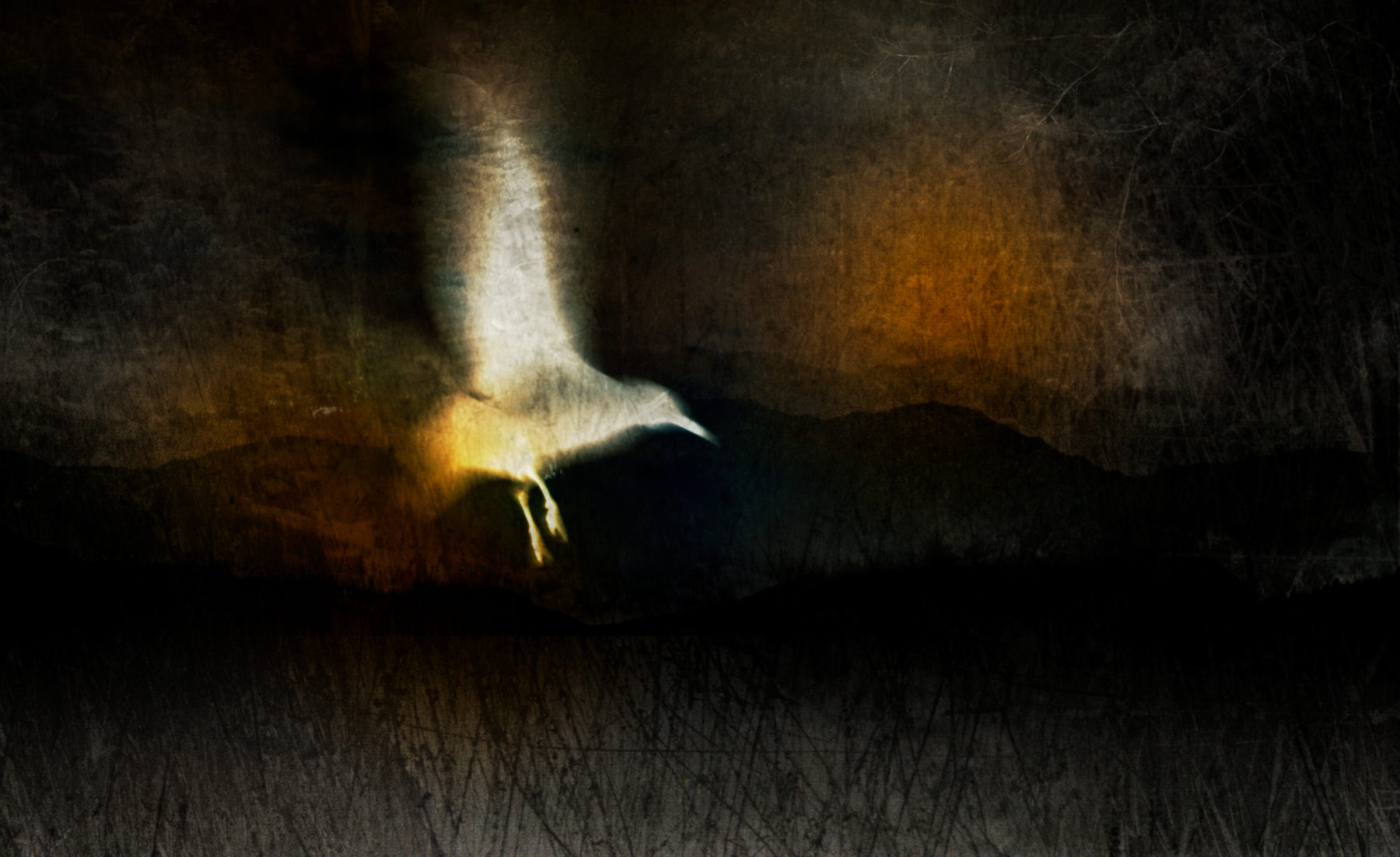
Vital Impacts is a non-profit platform and is hosting its 2022 print sale to support environmental documentary projects and fund the next generation of environmentalists. Visit vitalimpacts.org/collections/prints-for-sale
